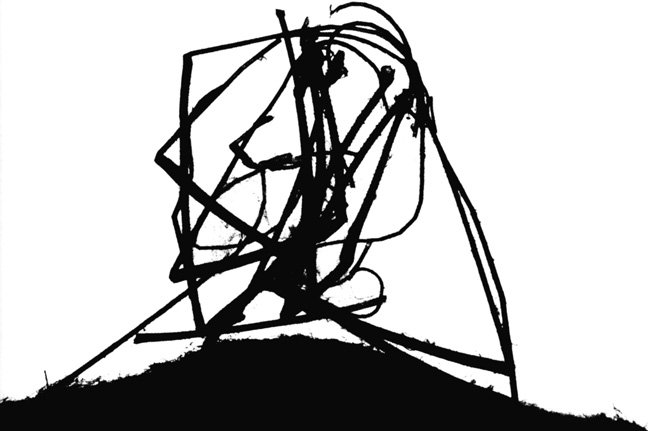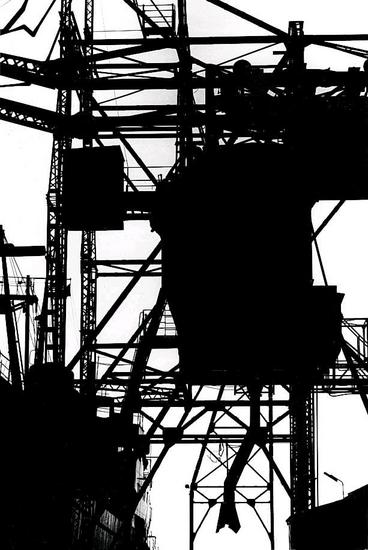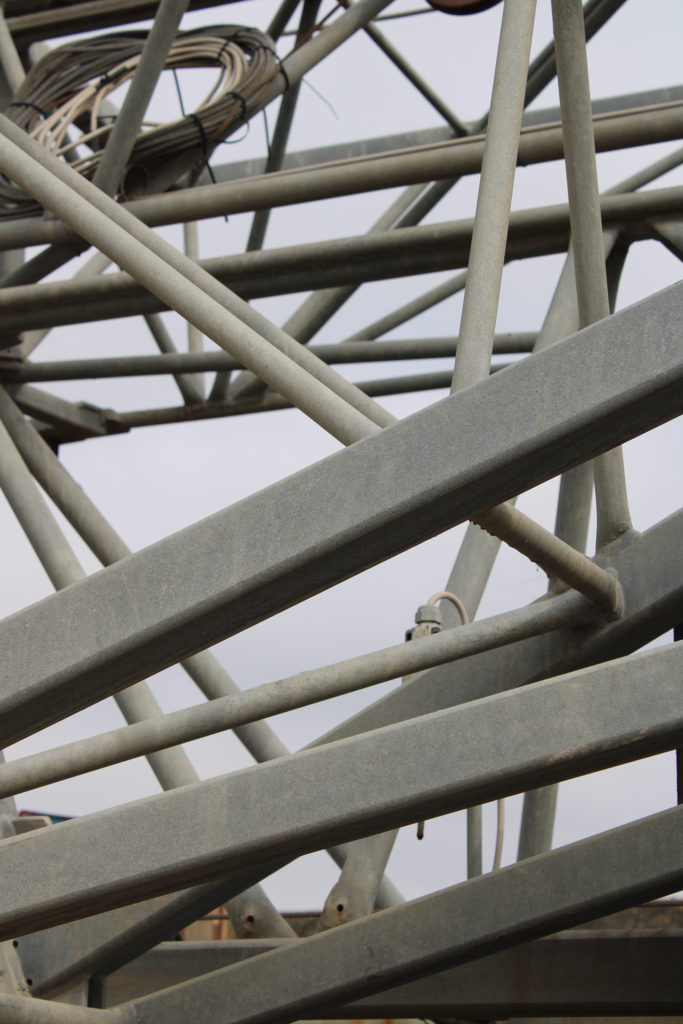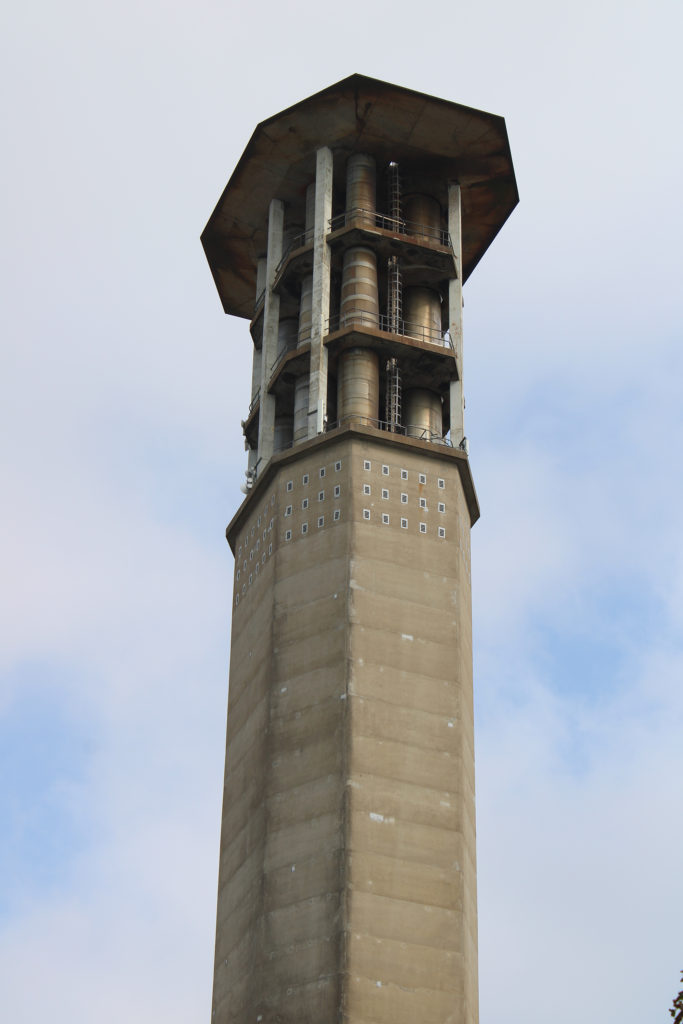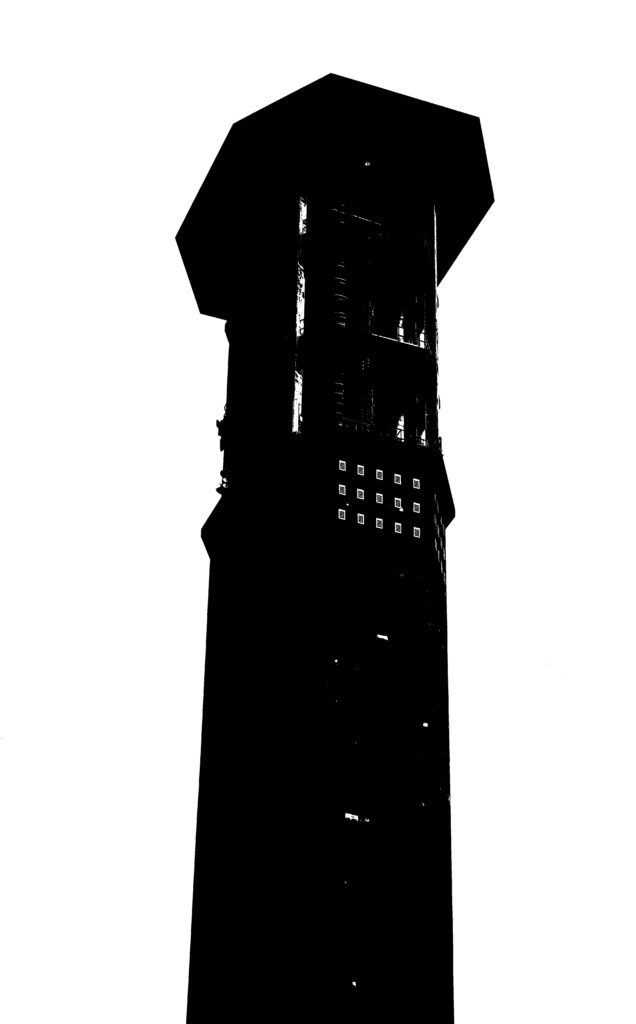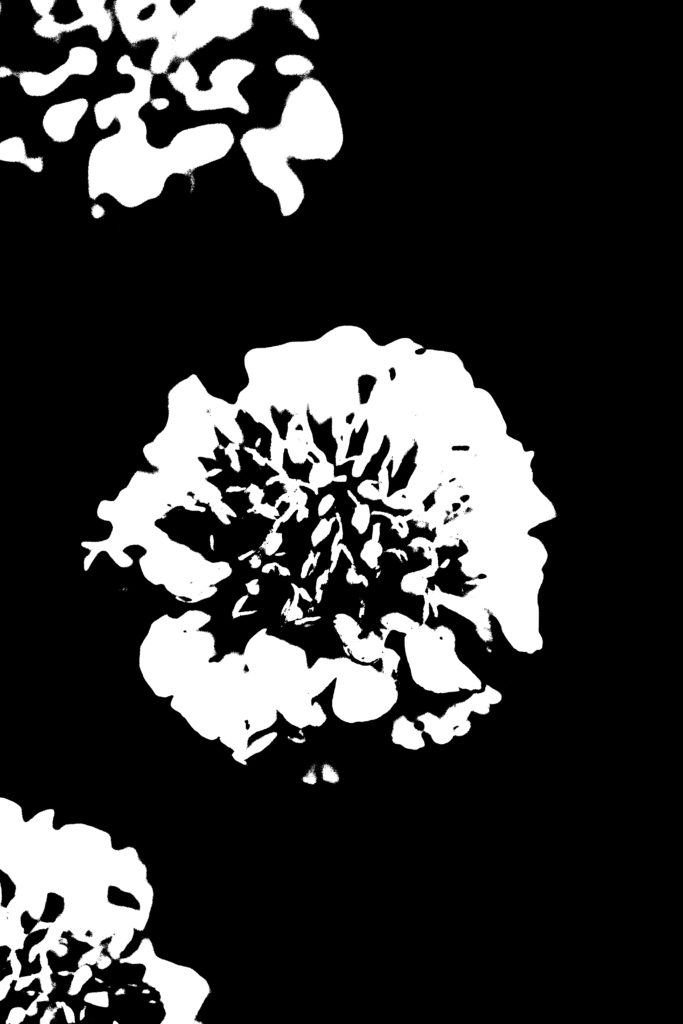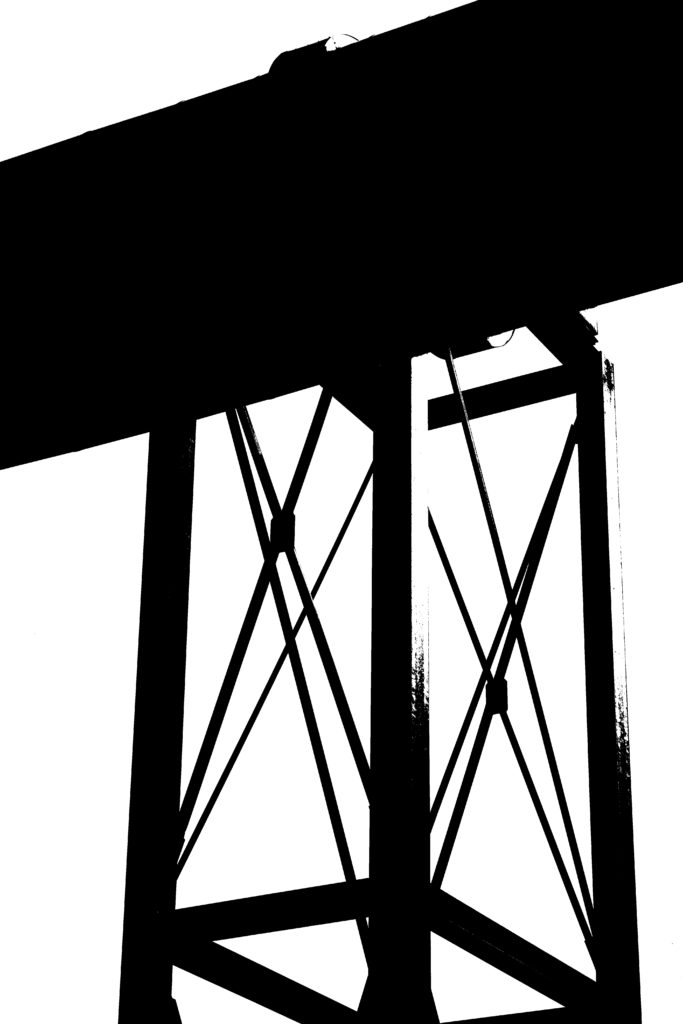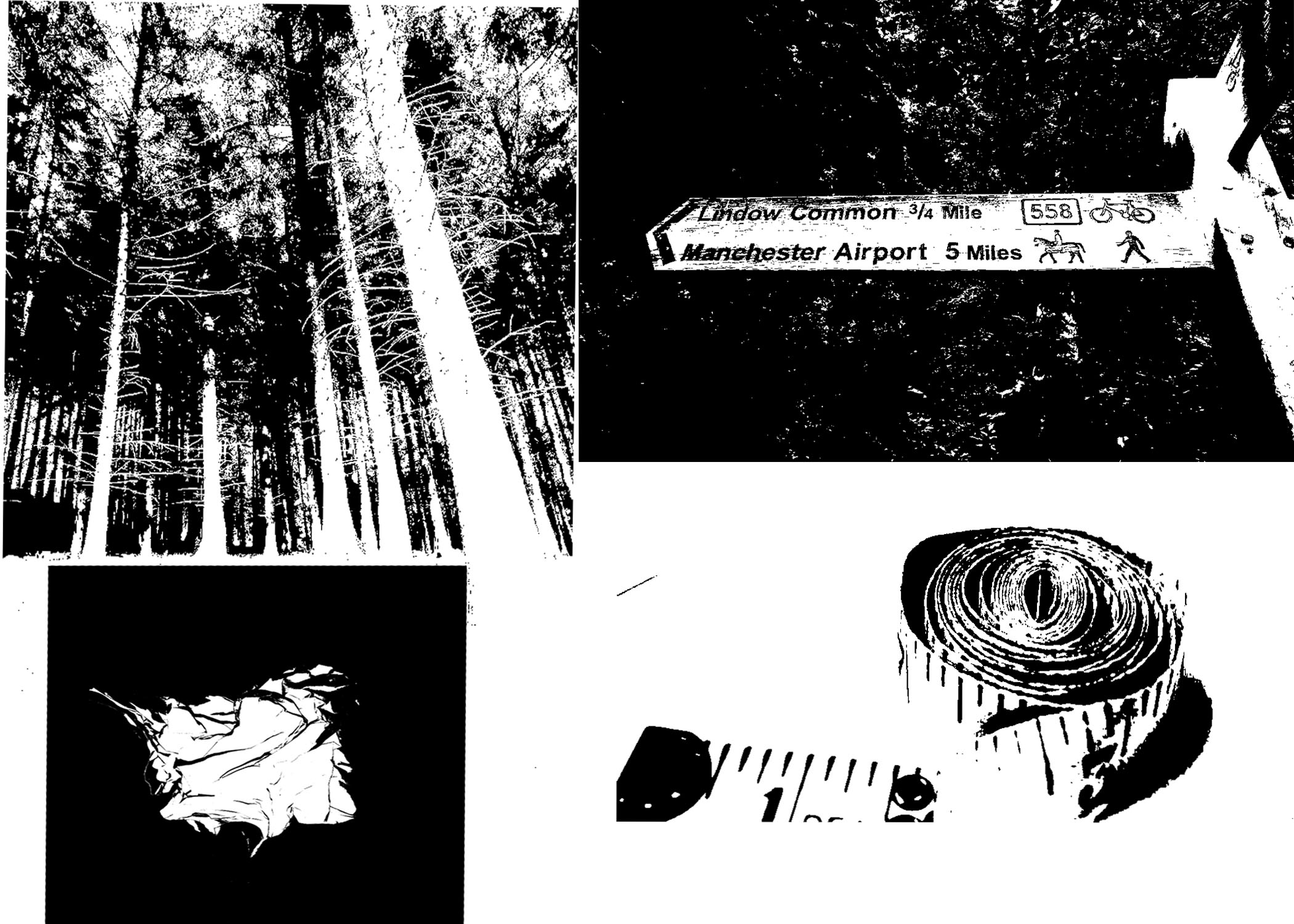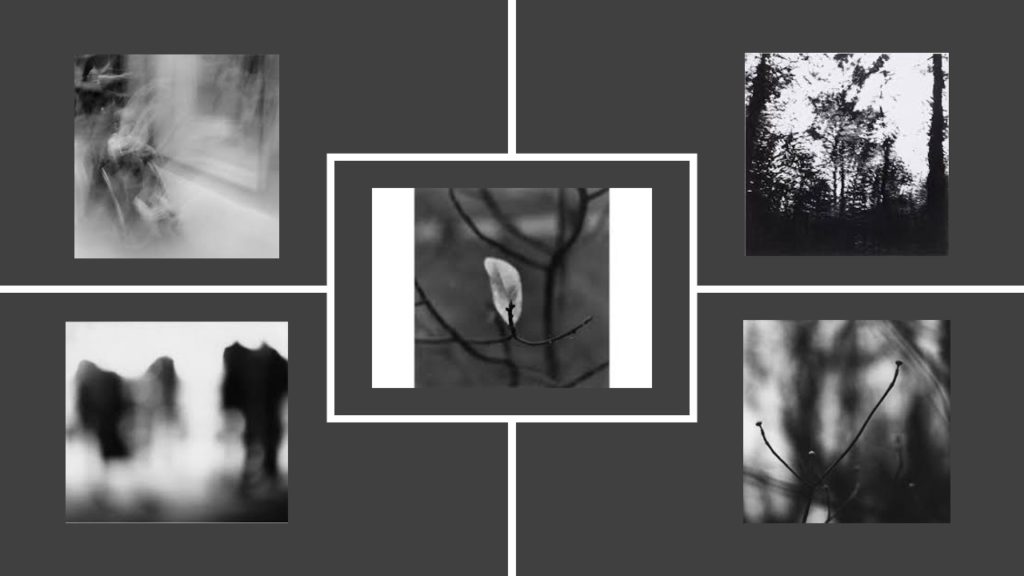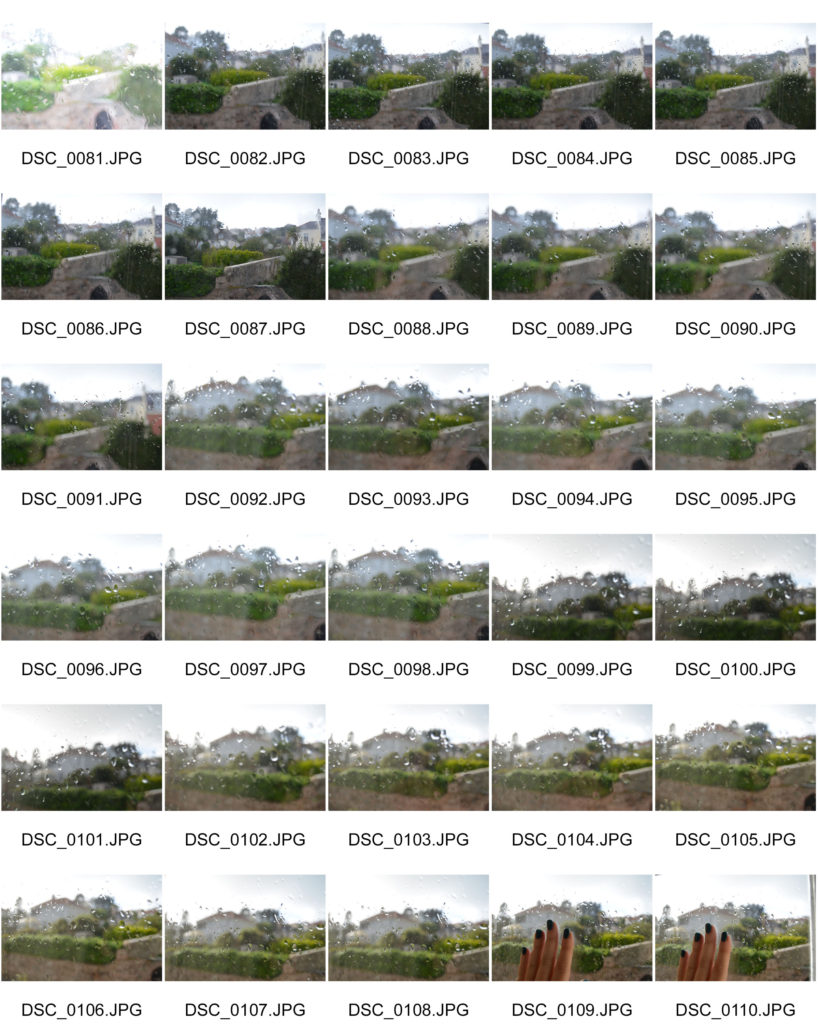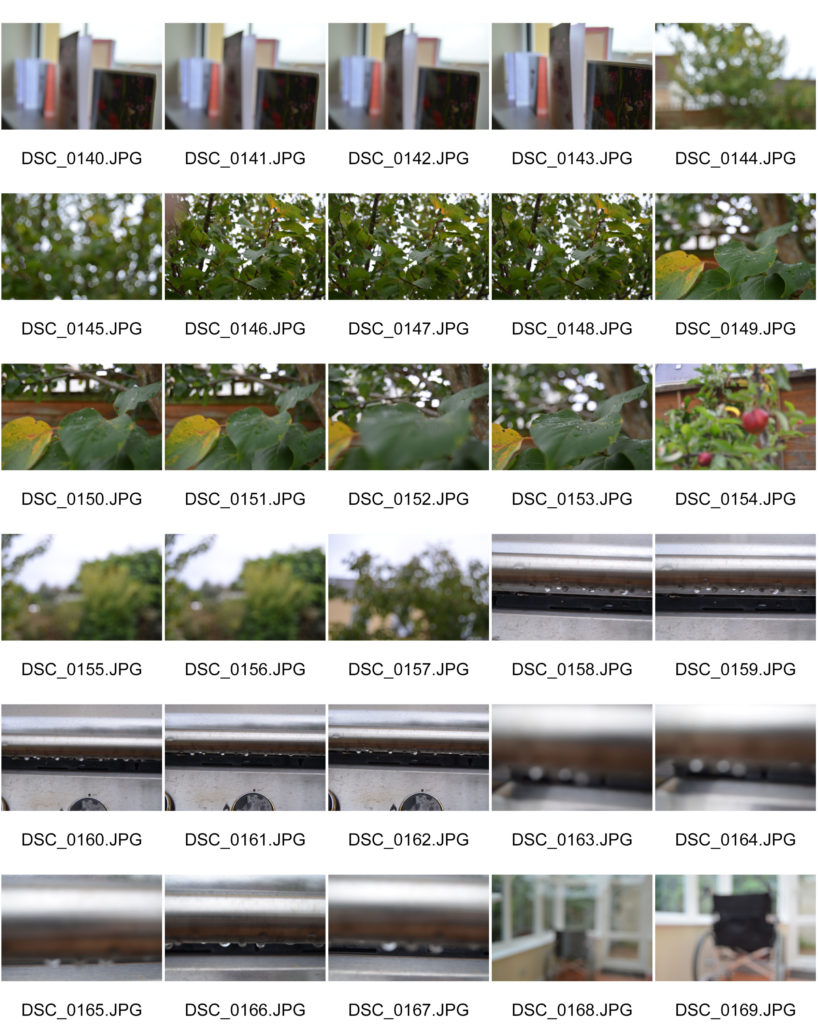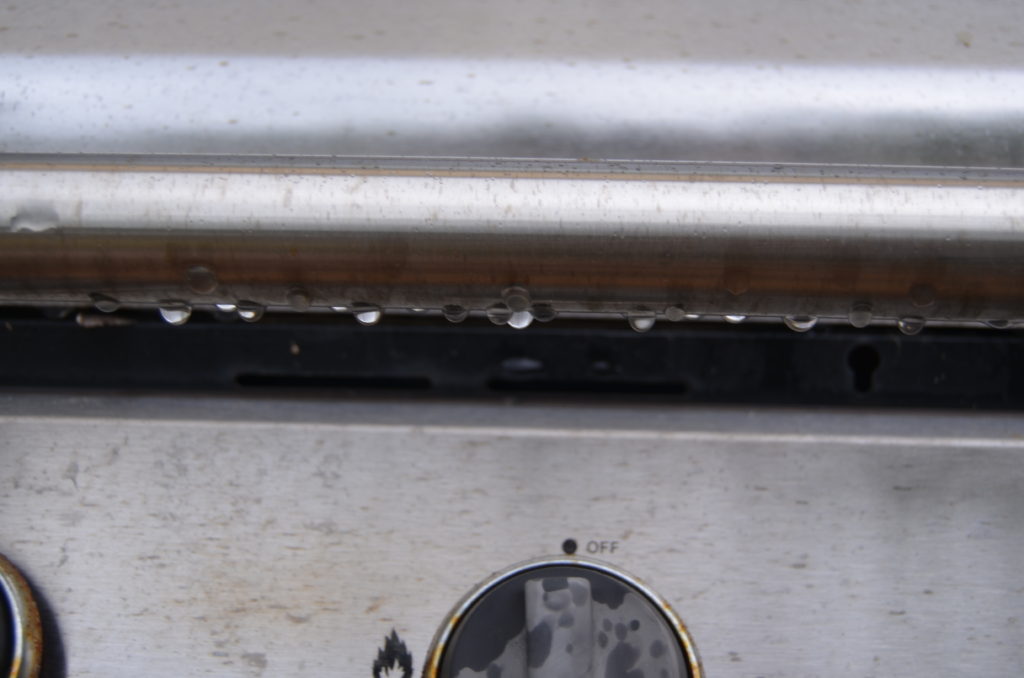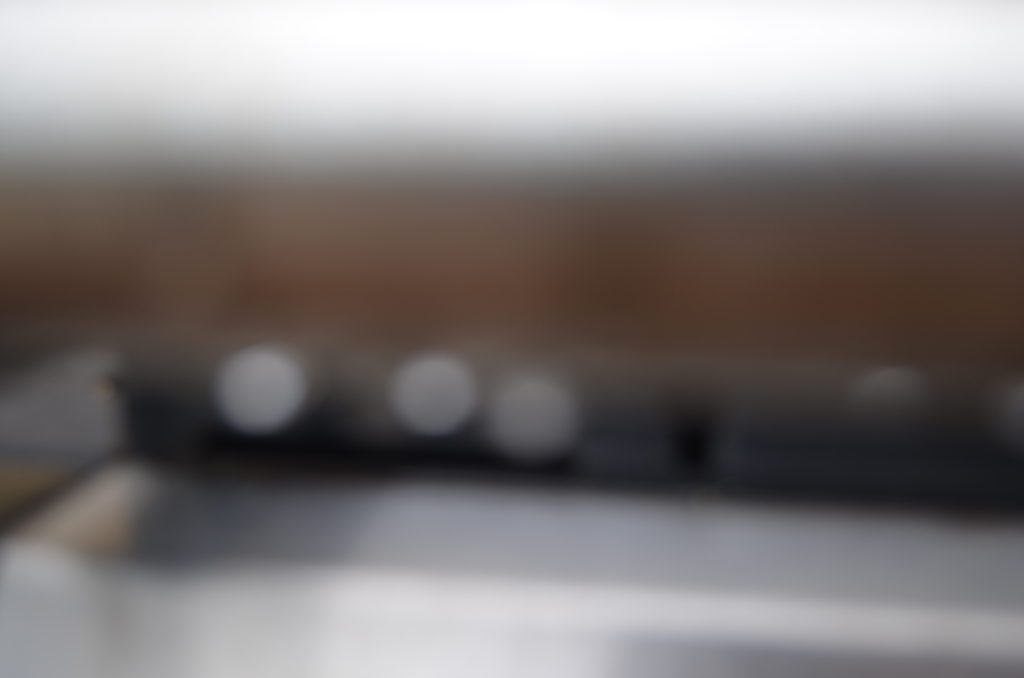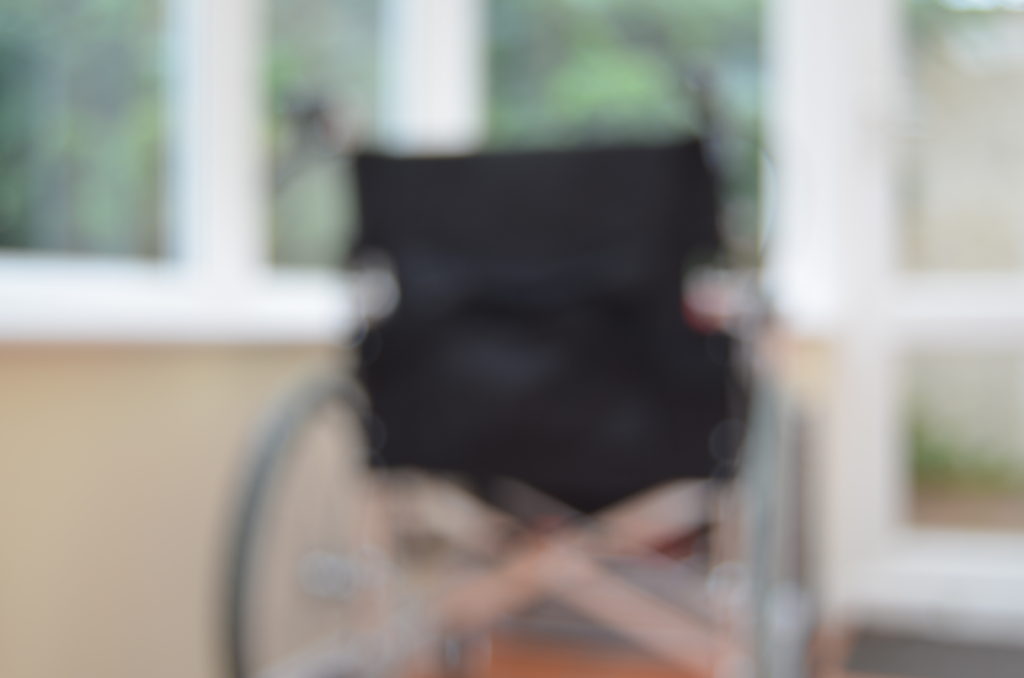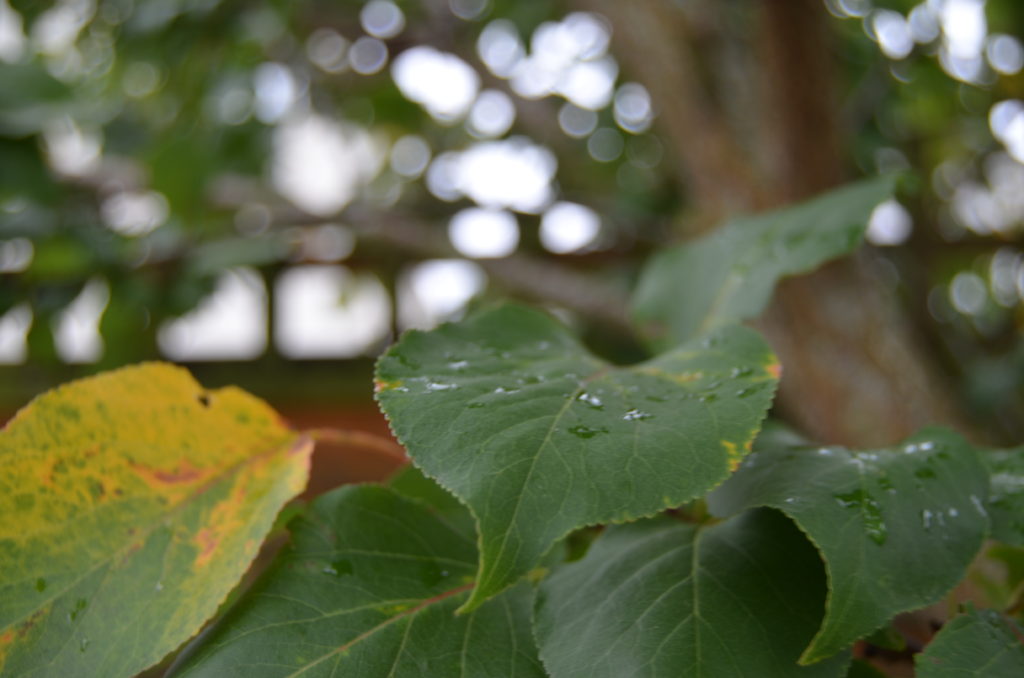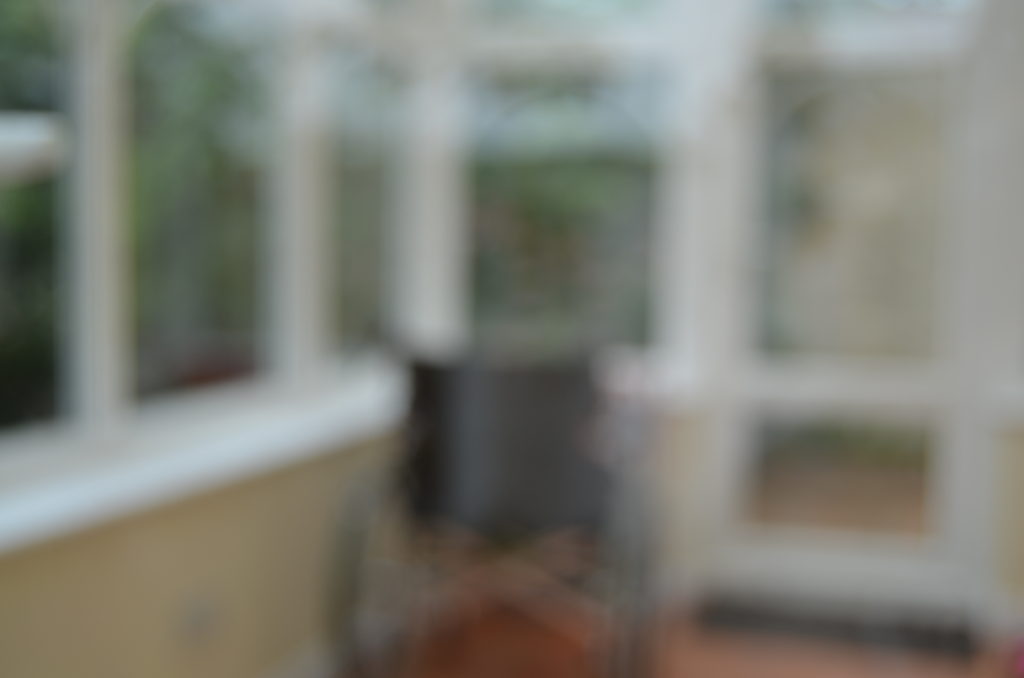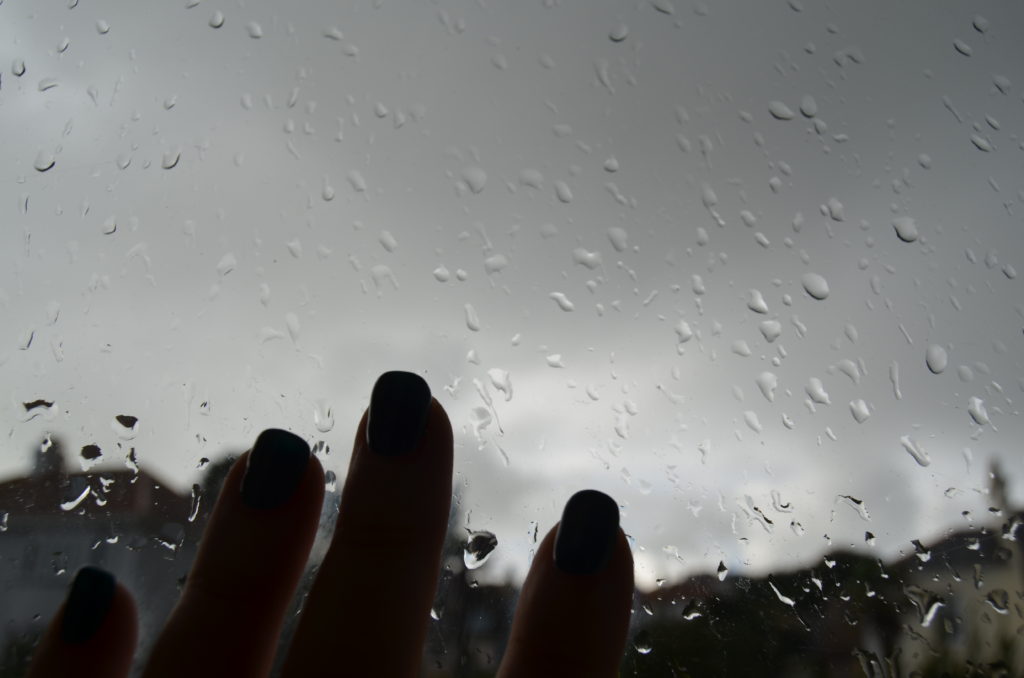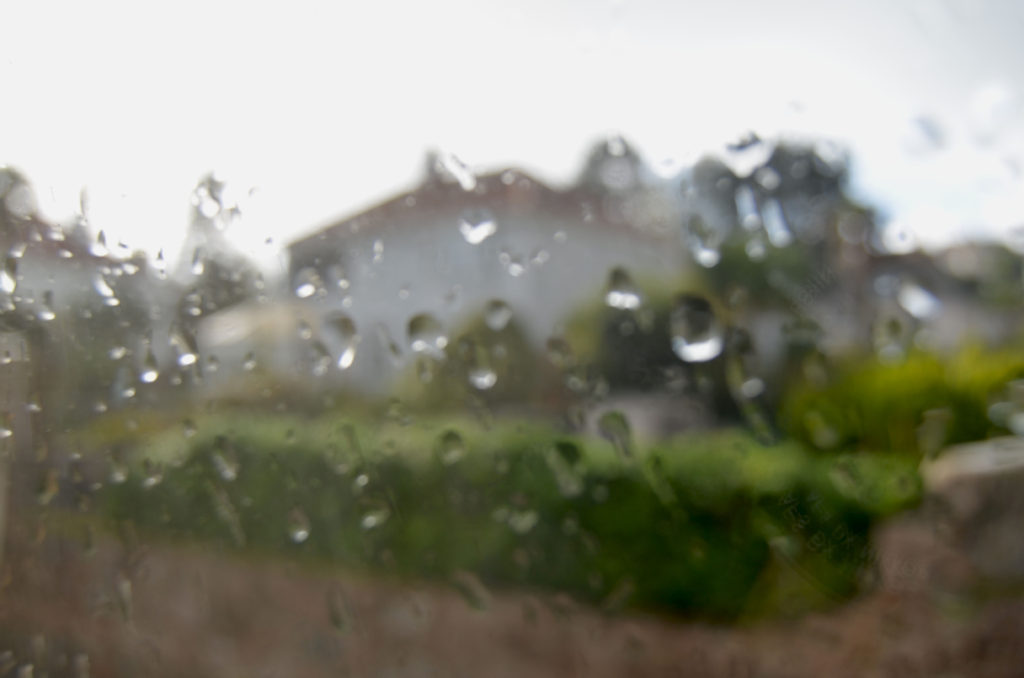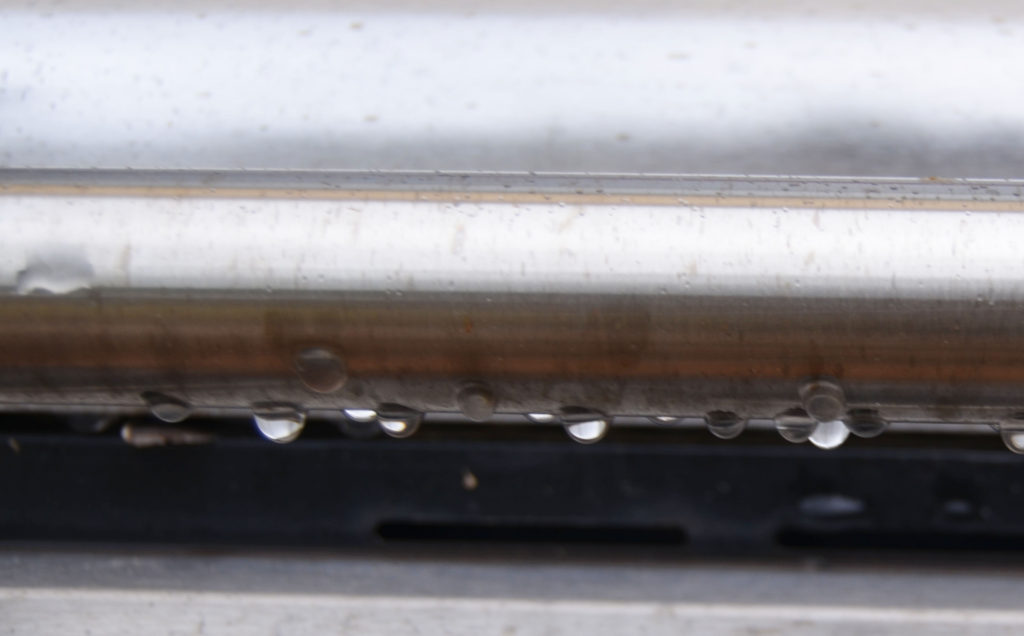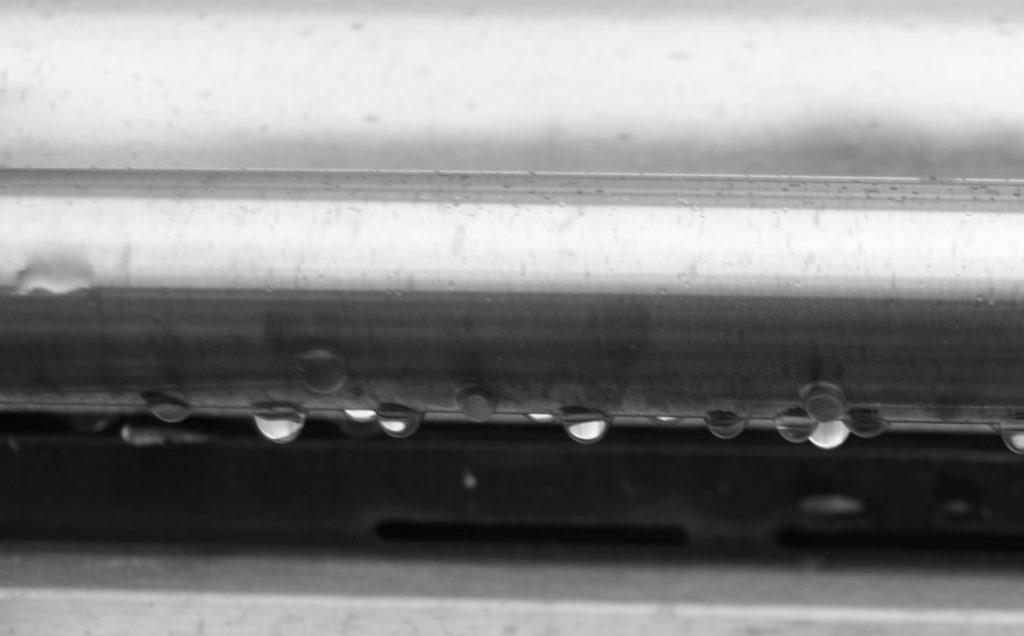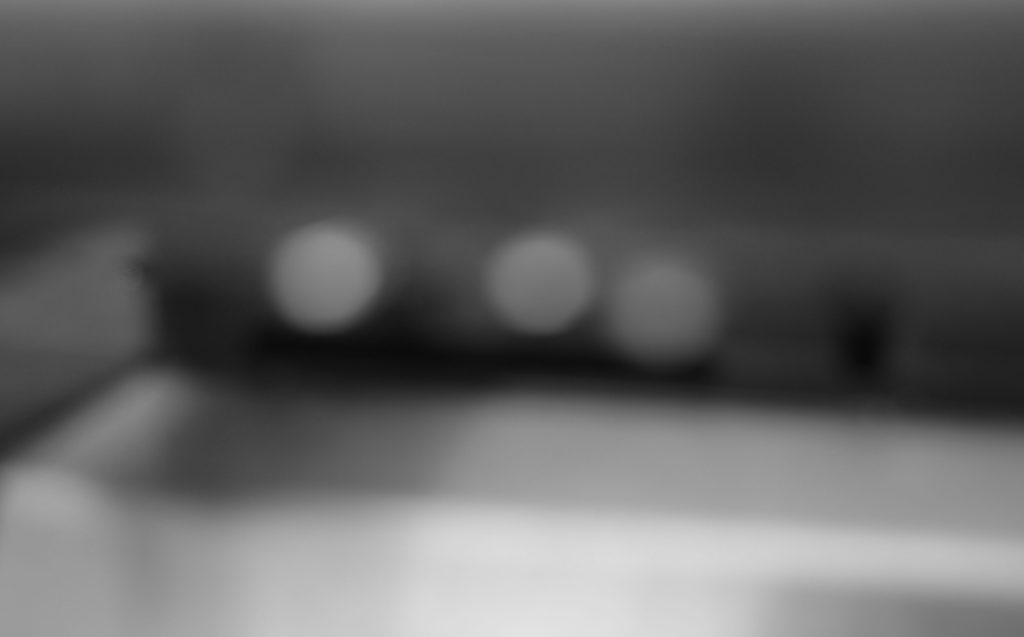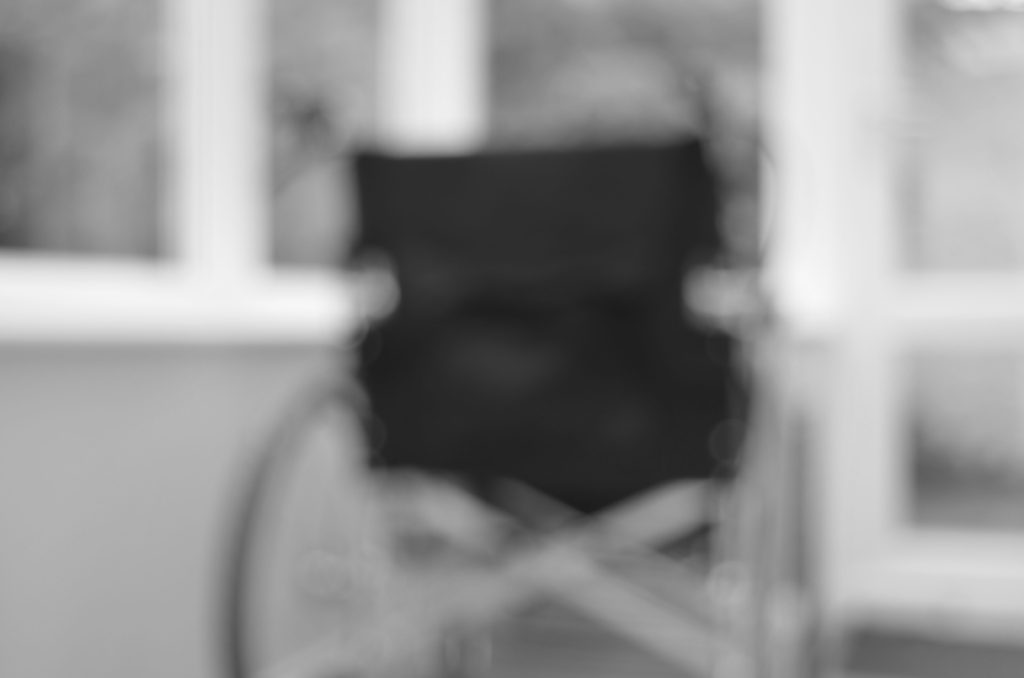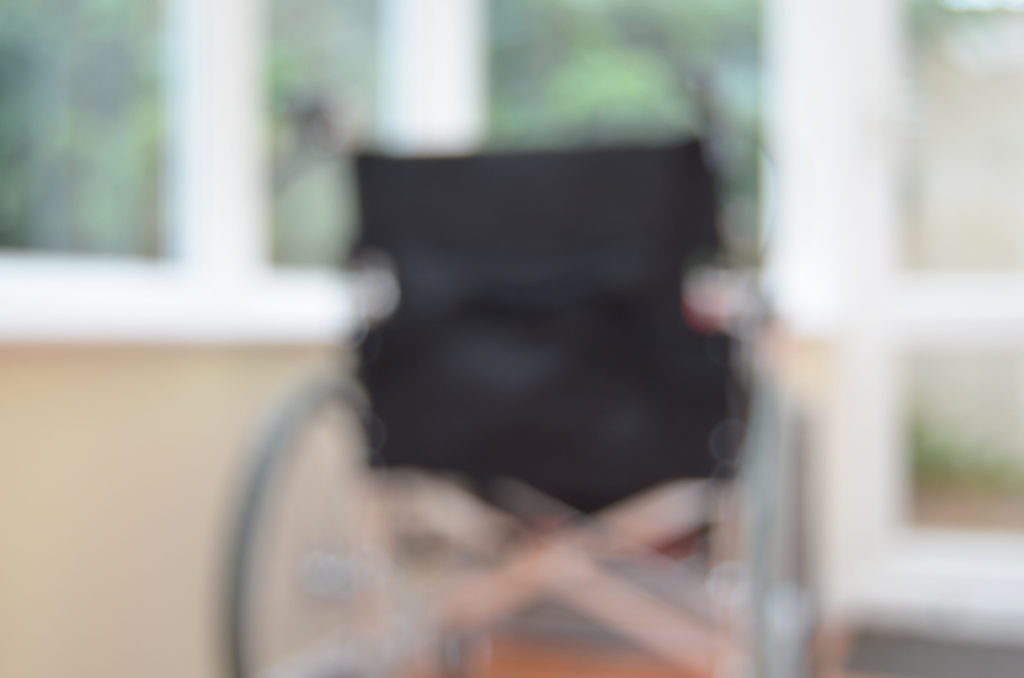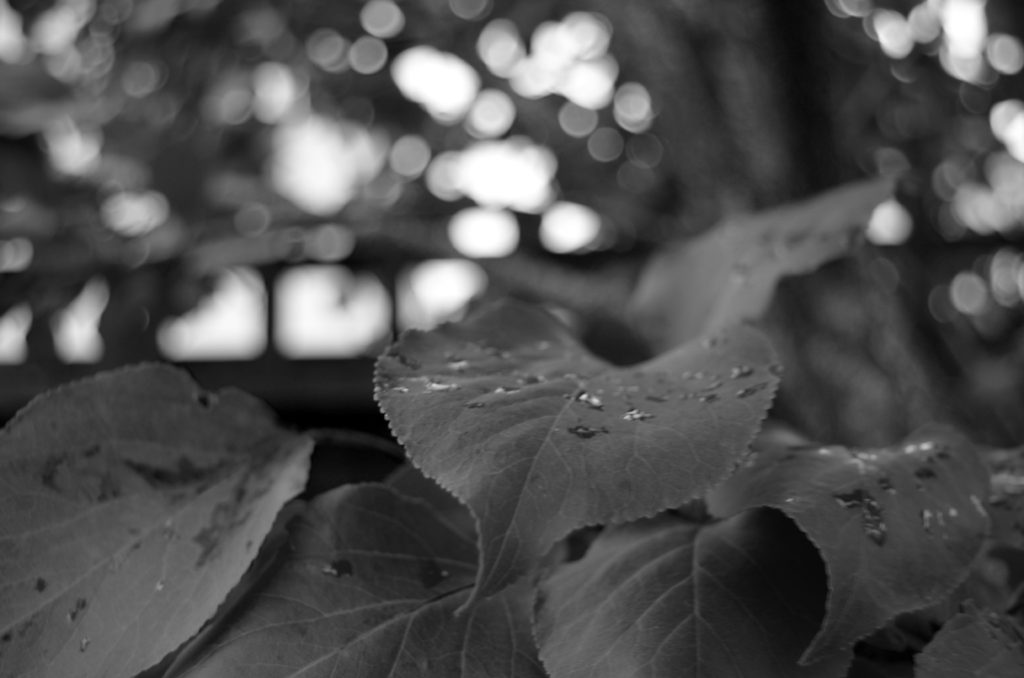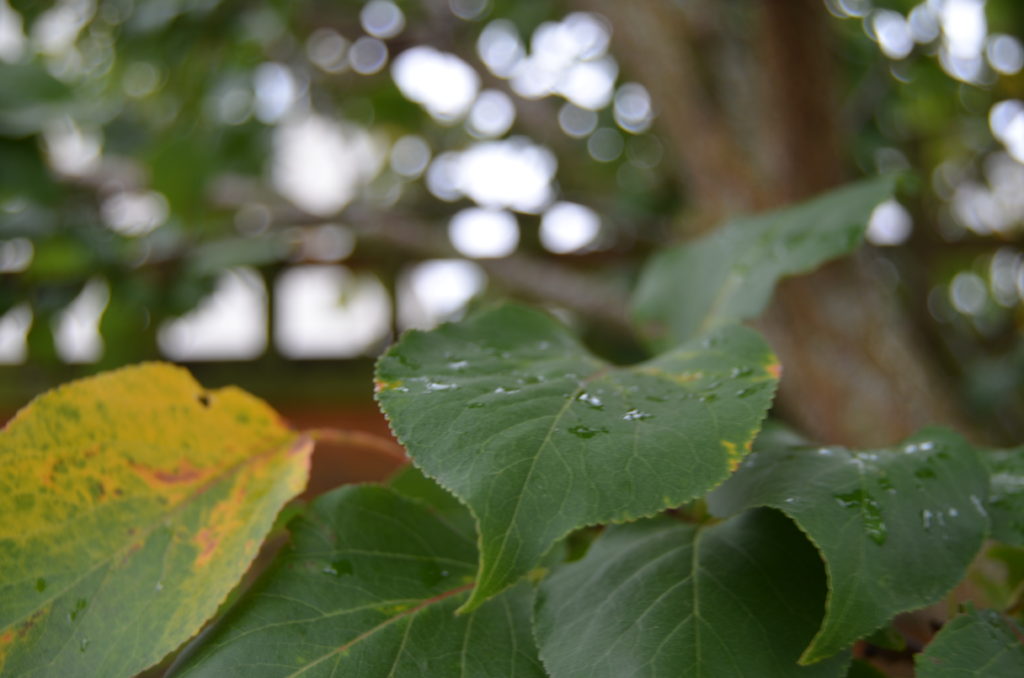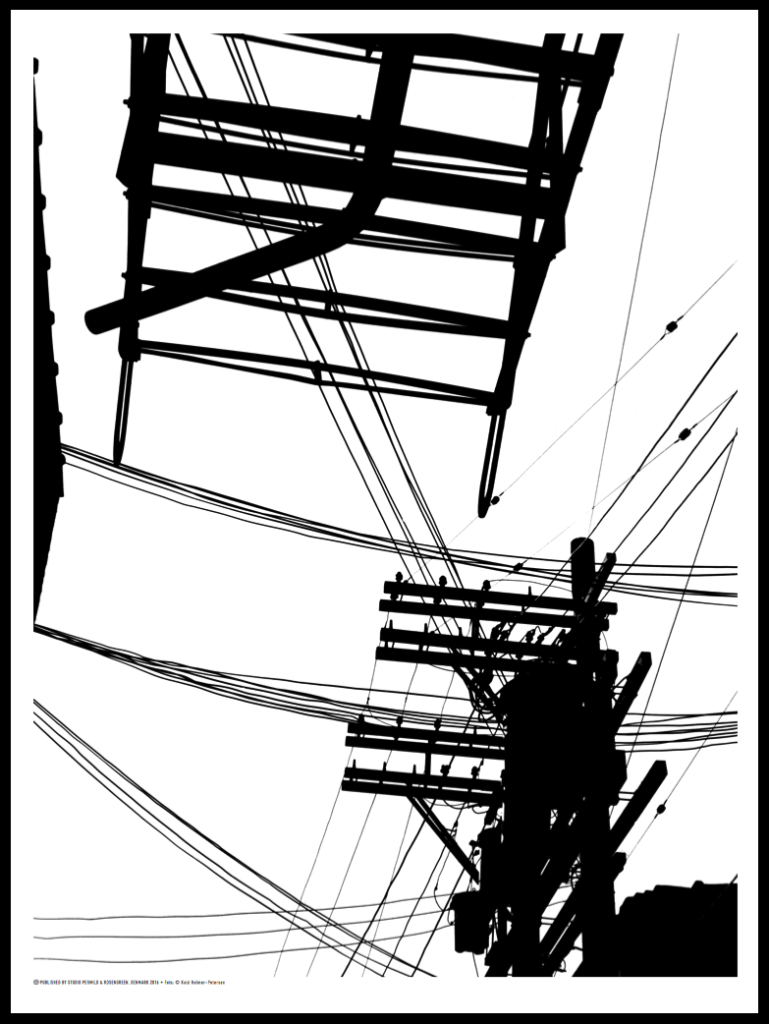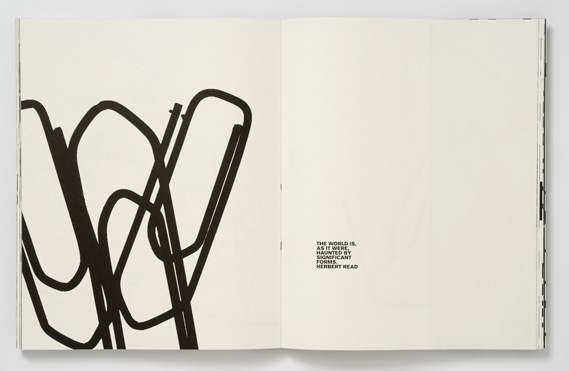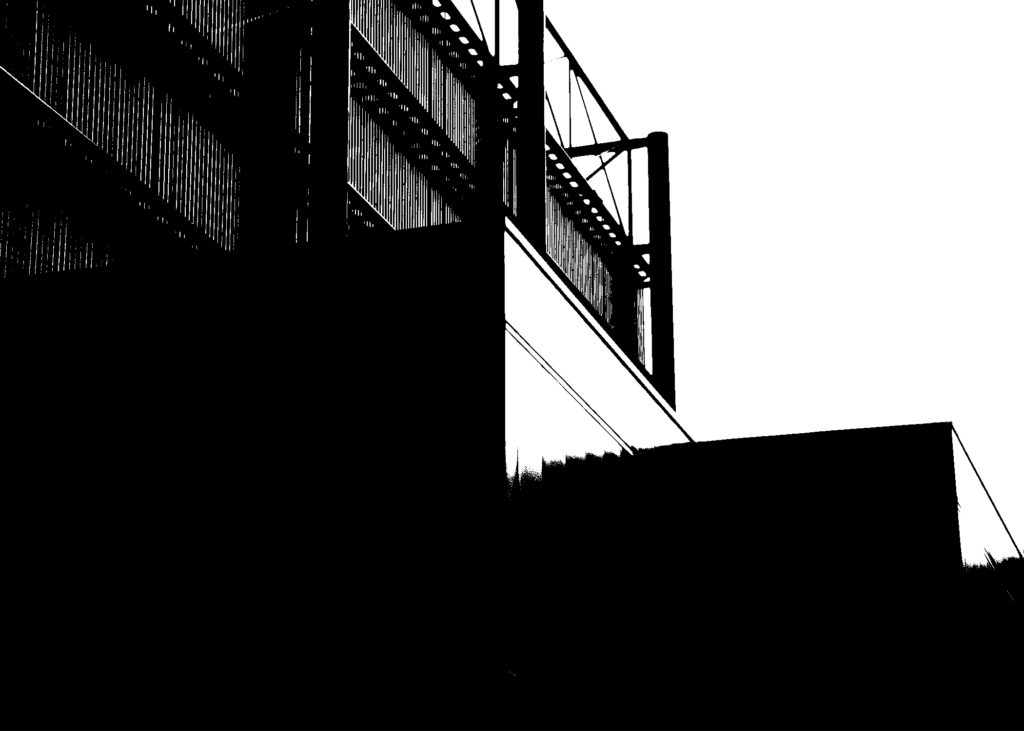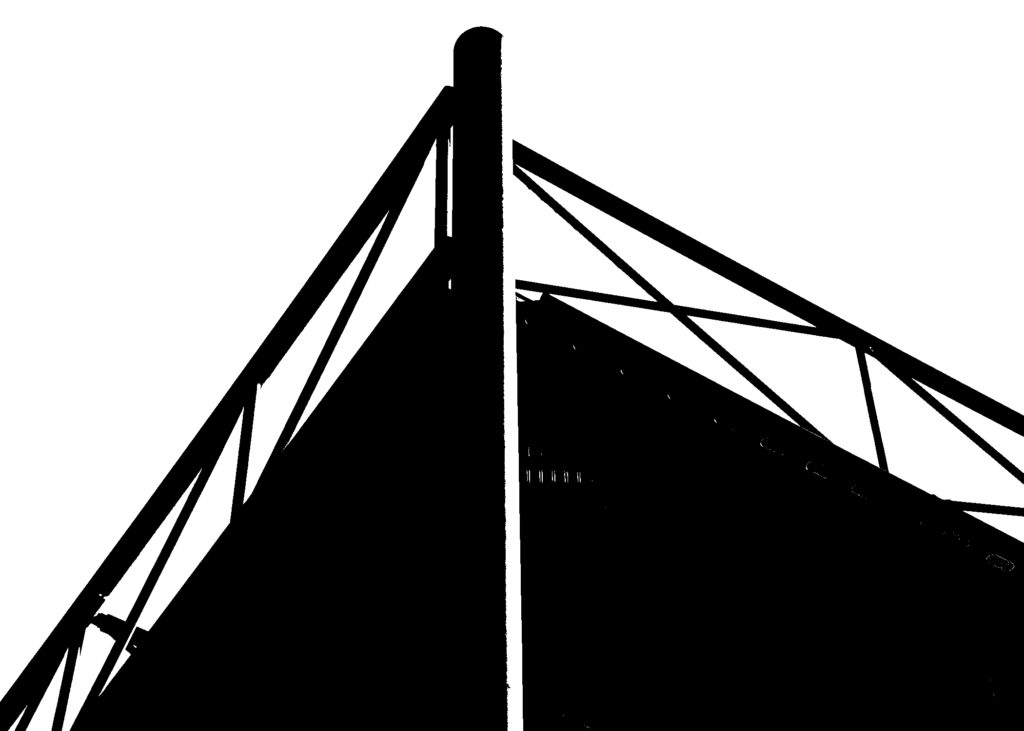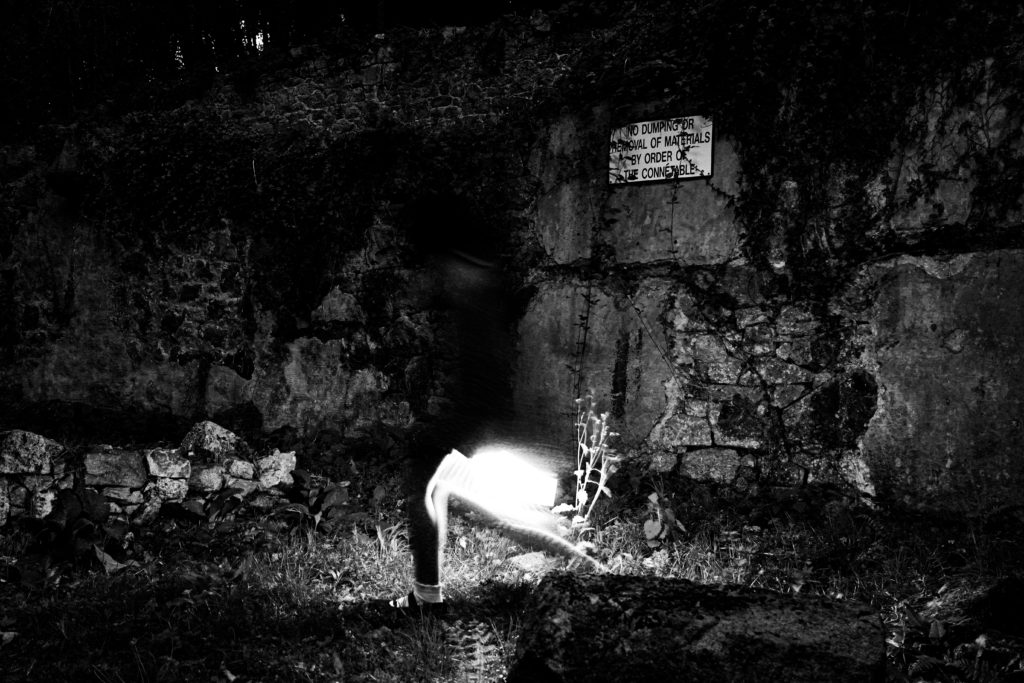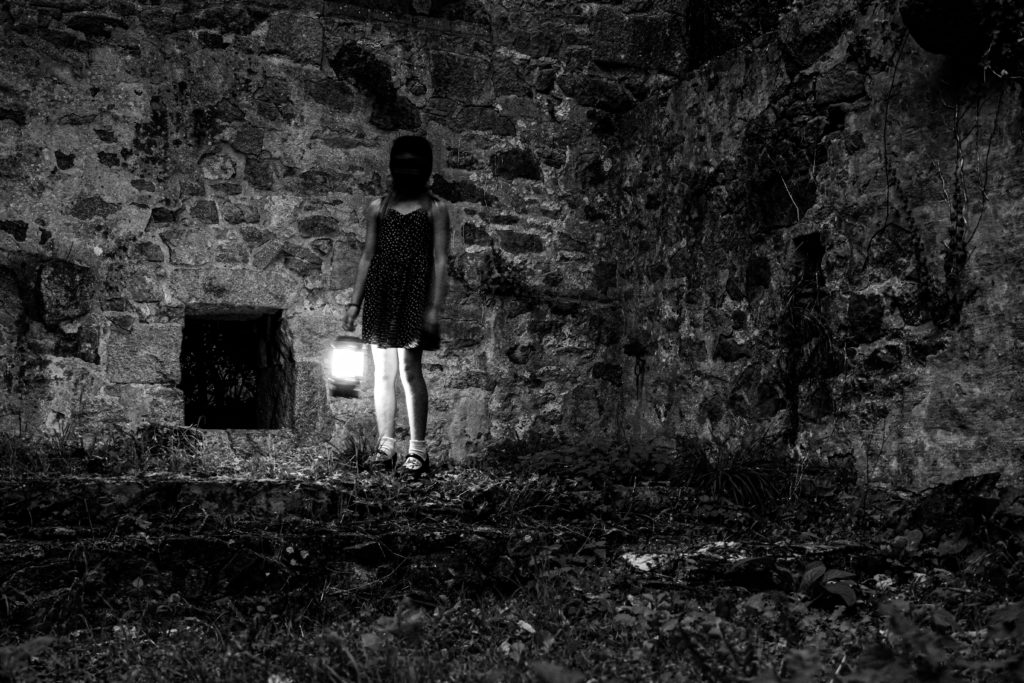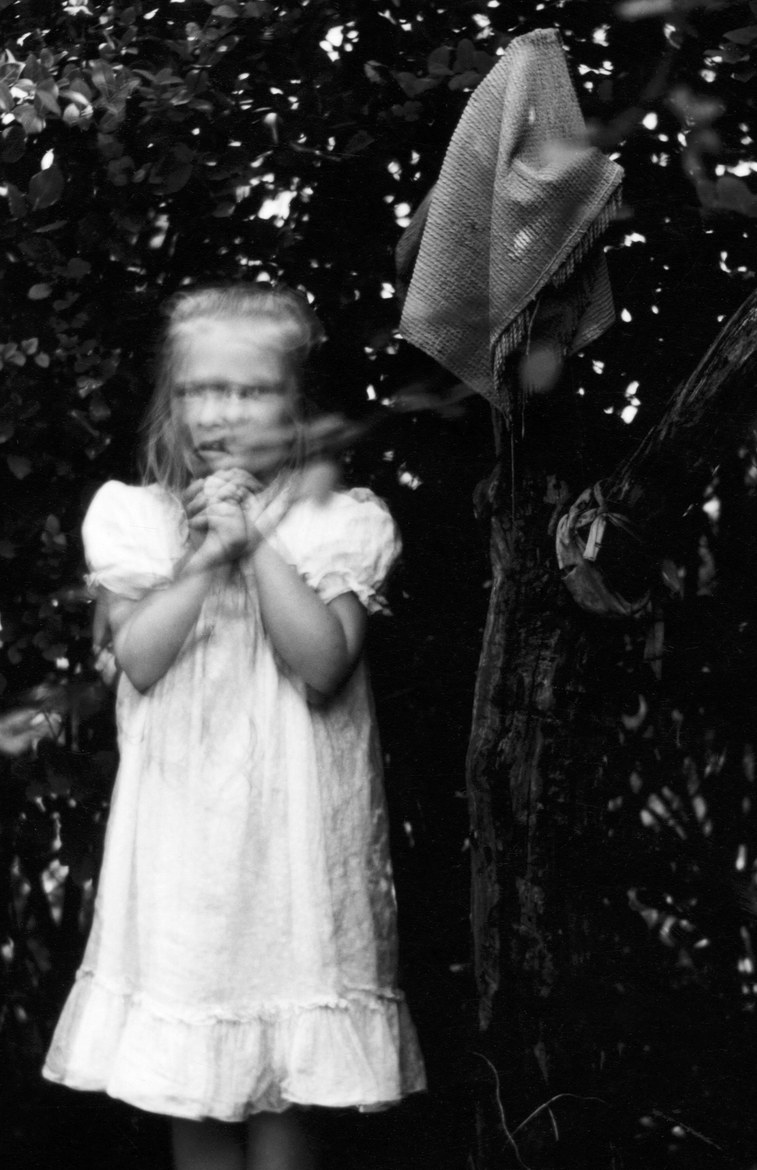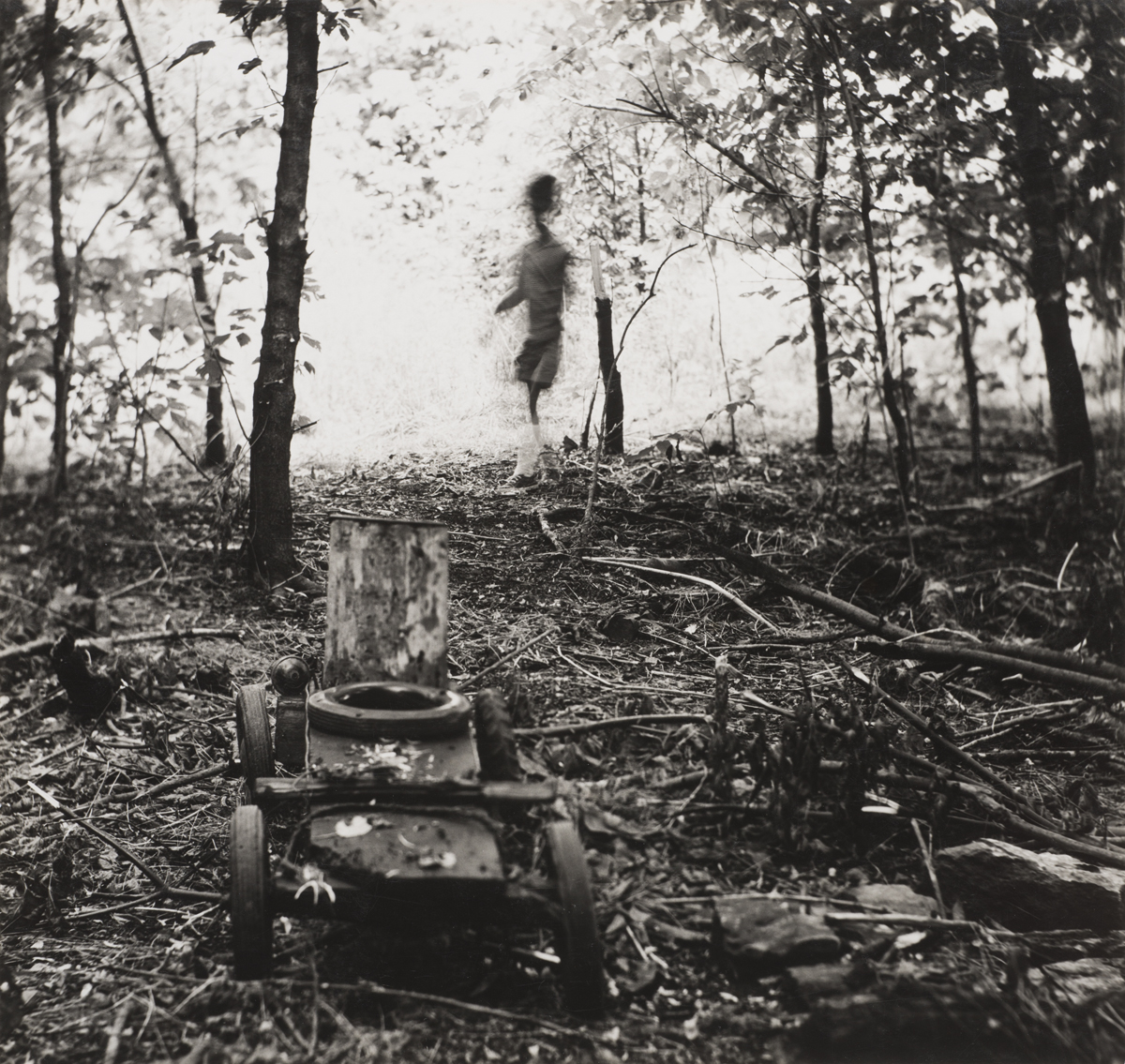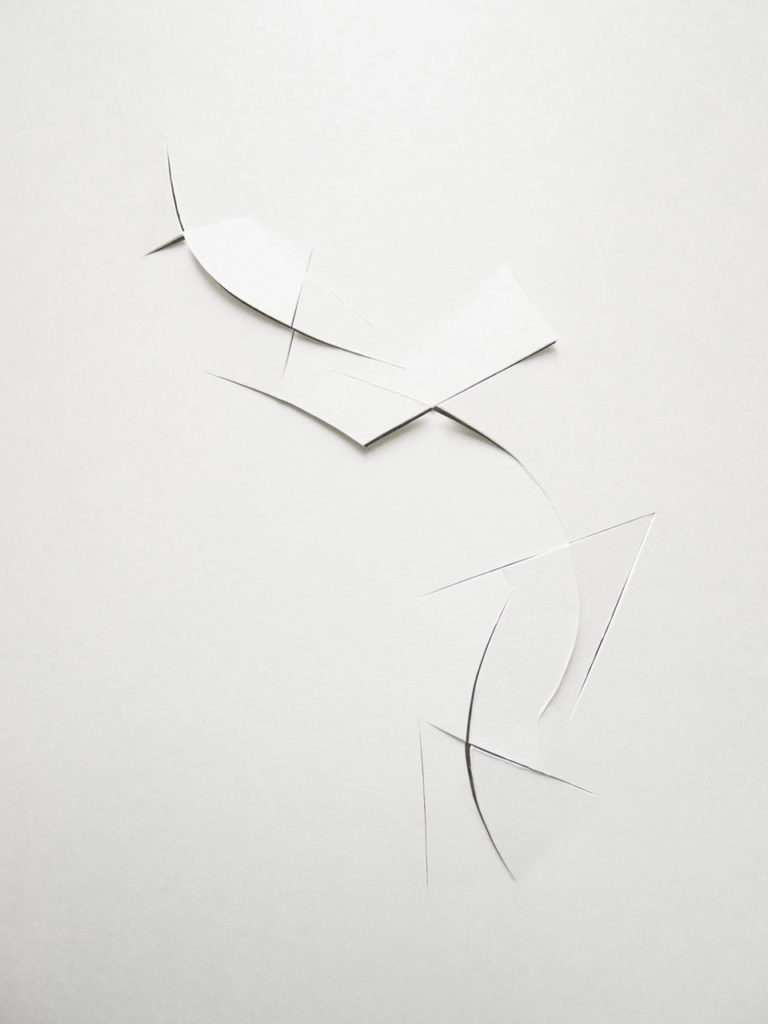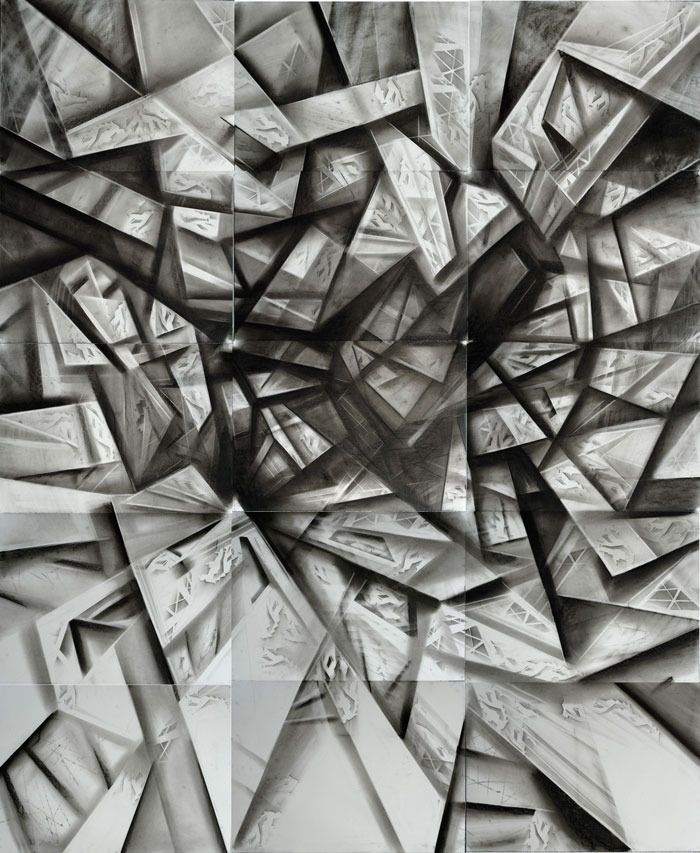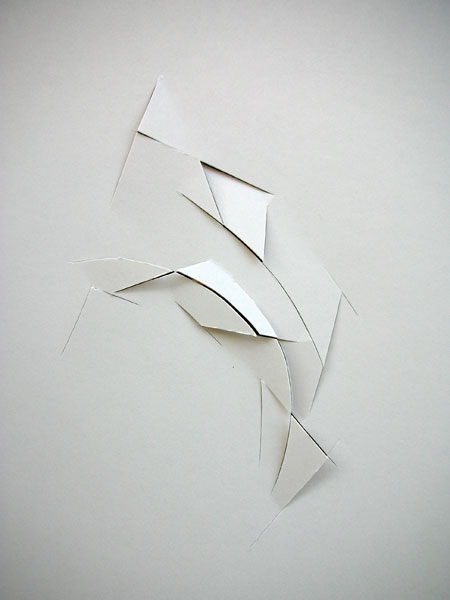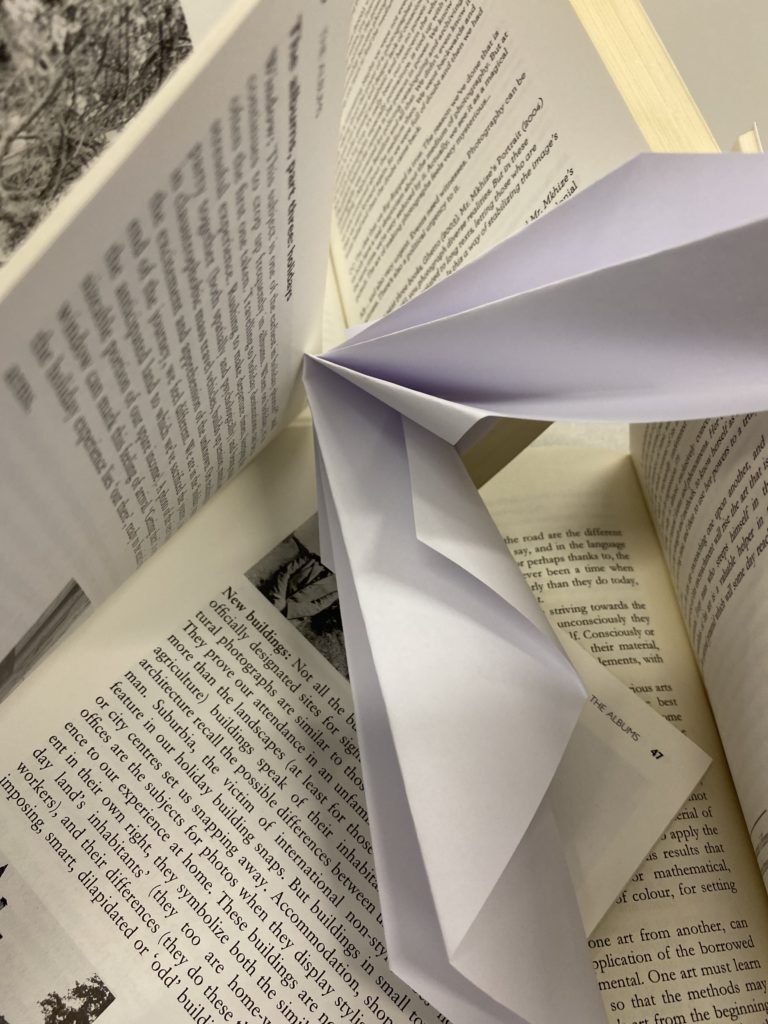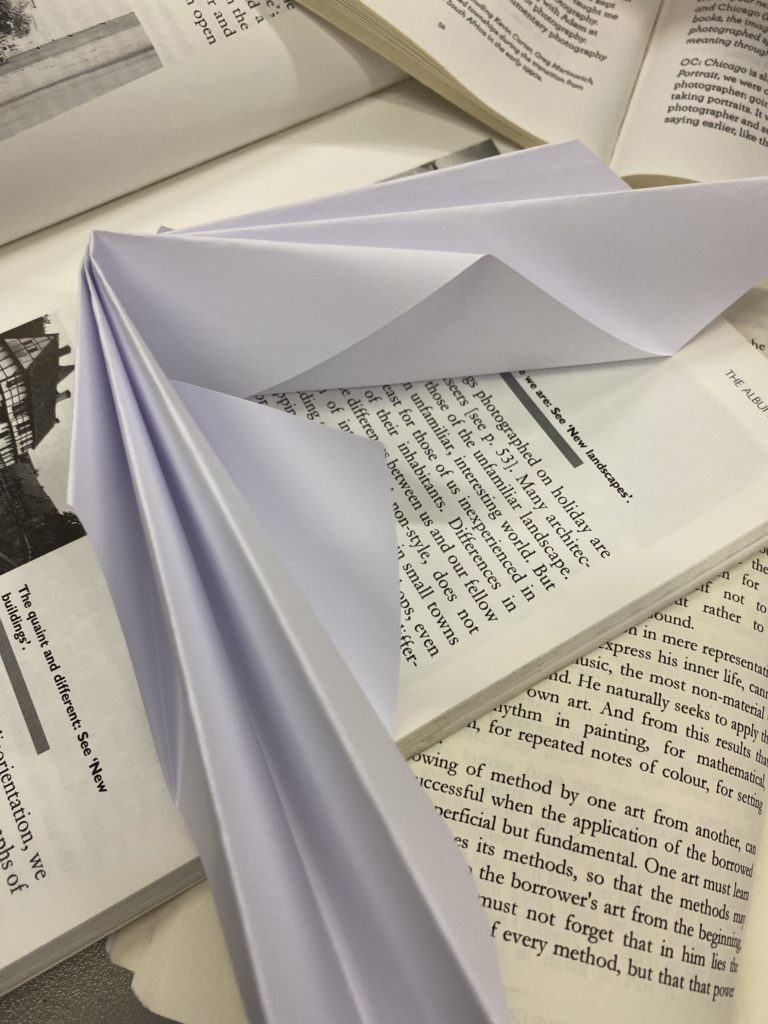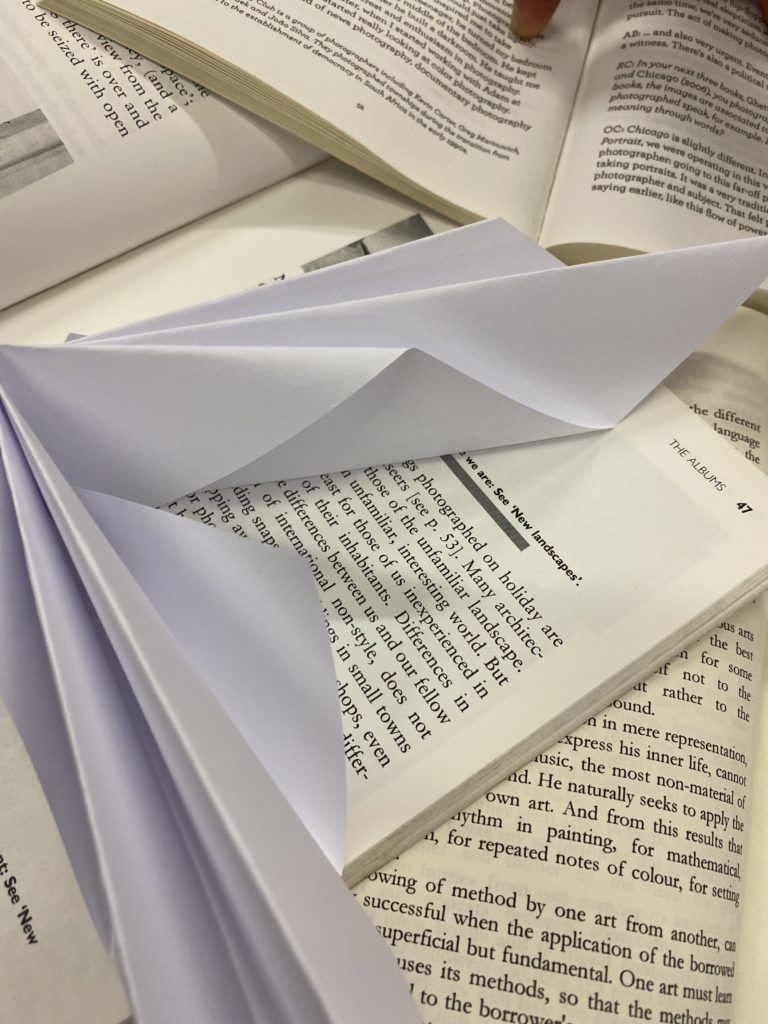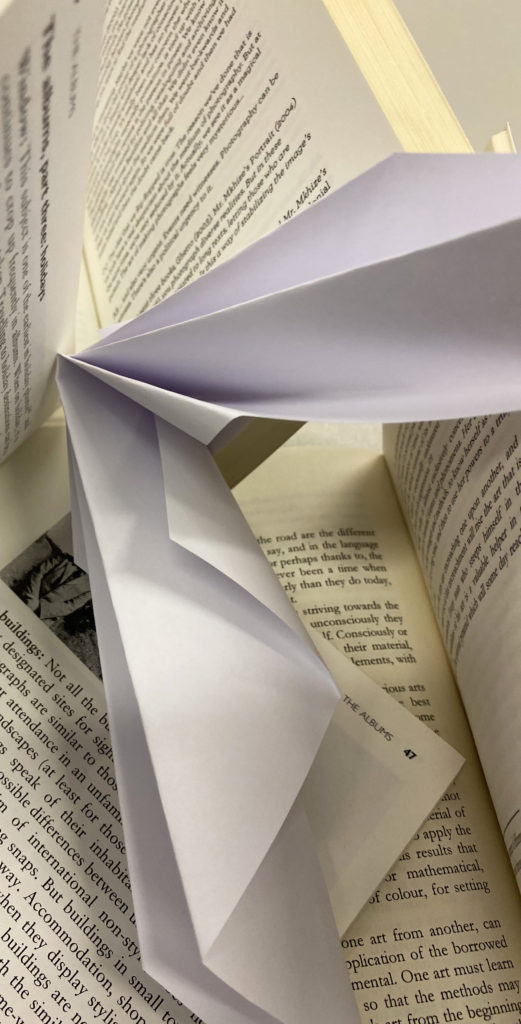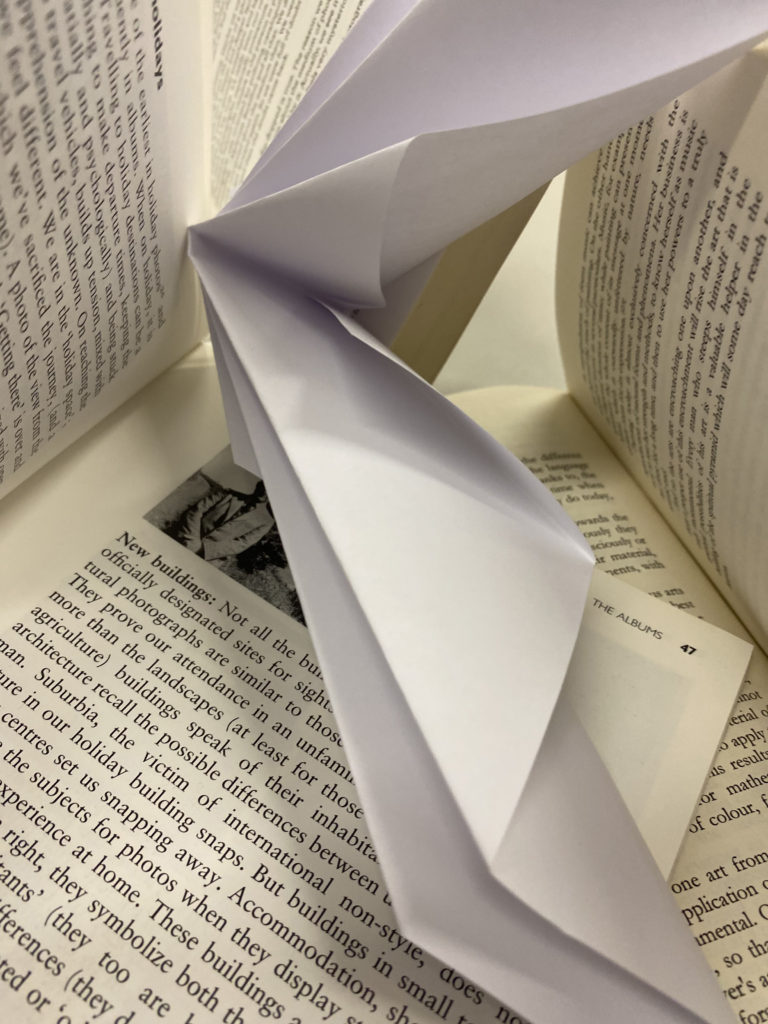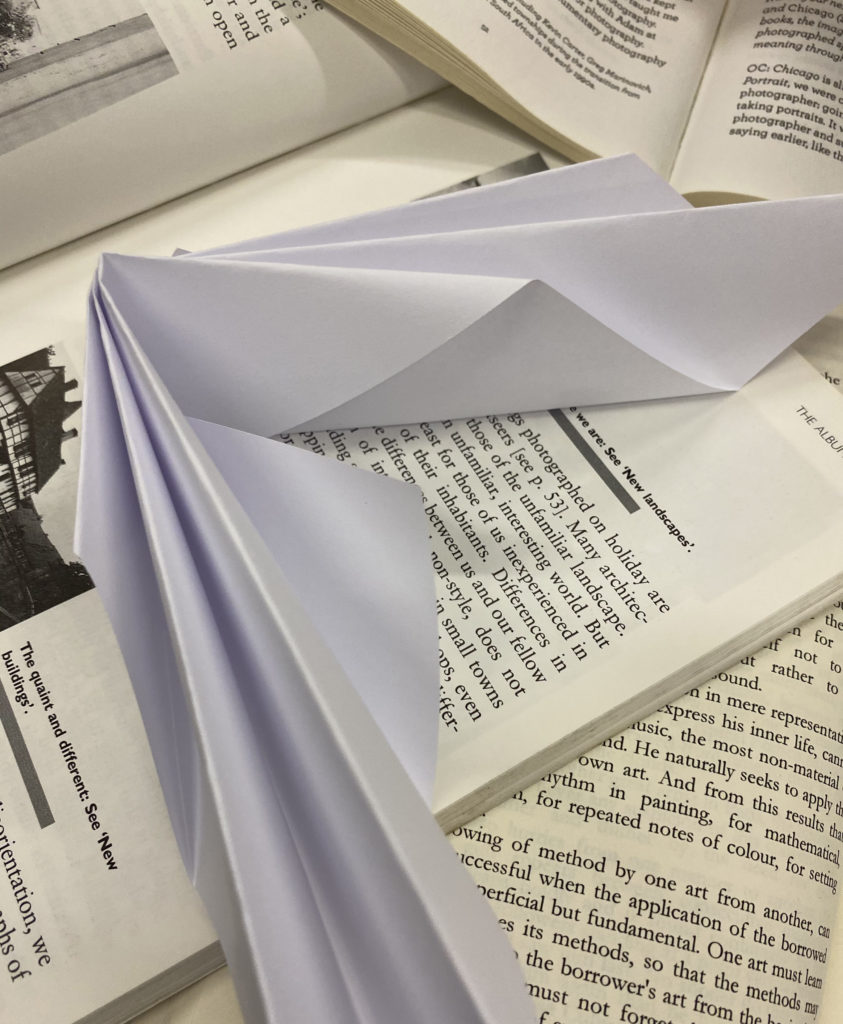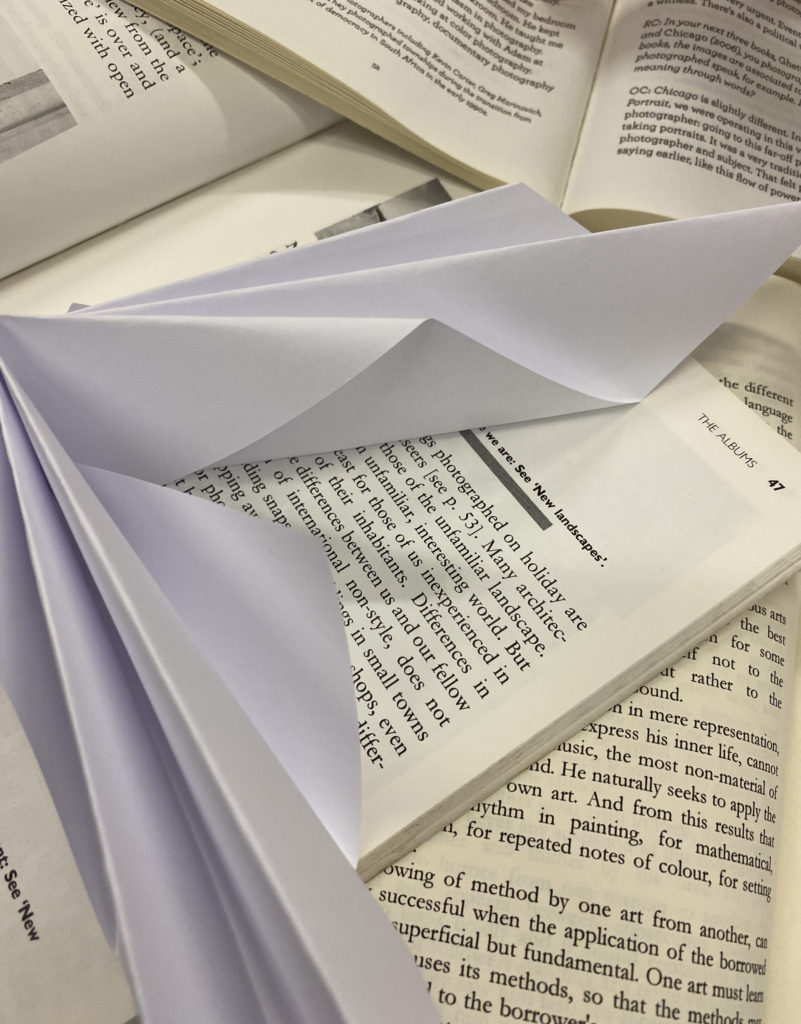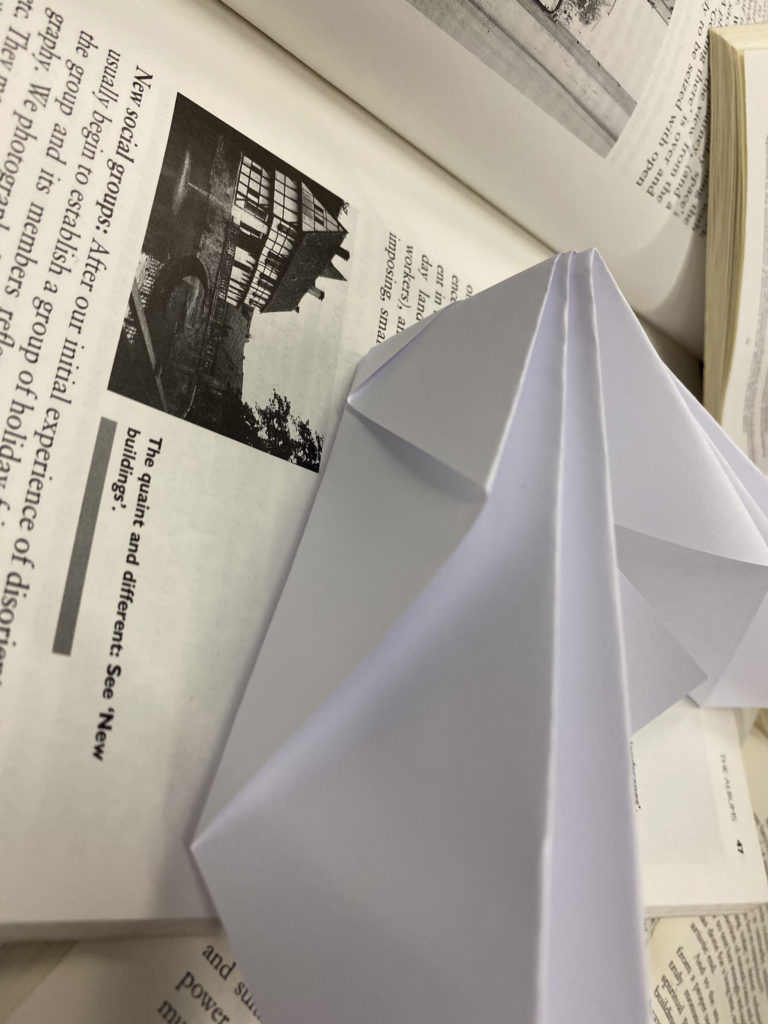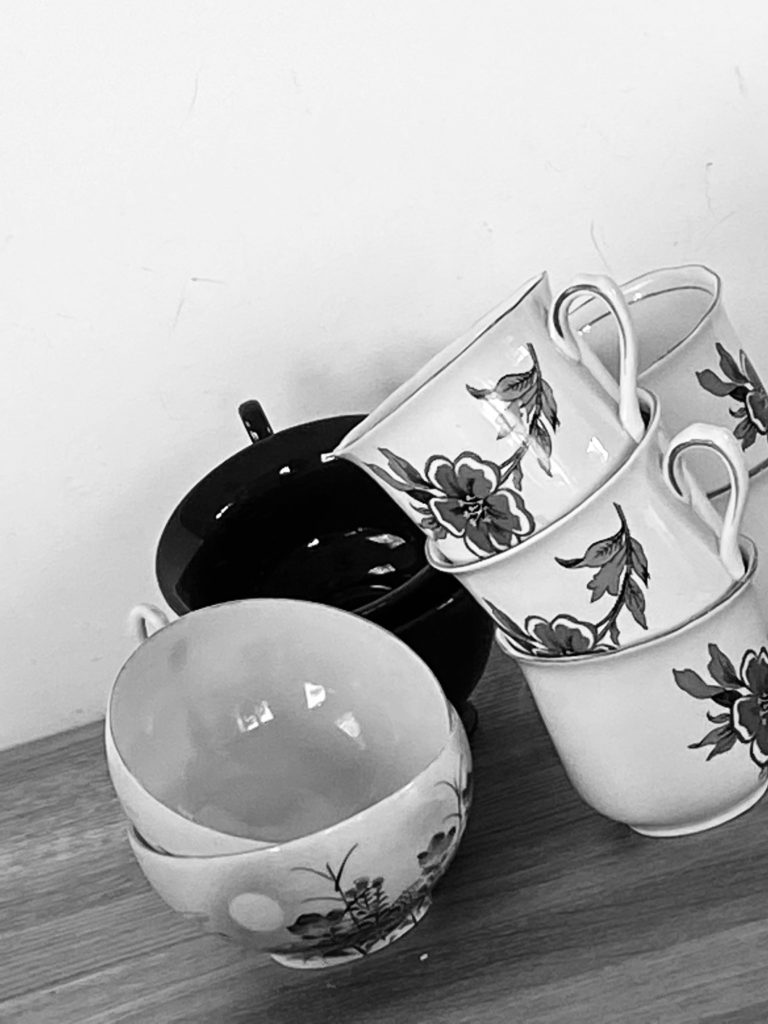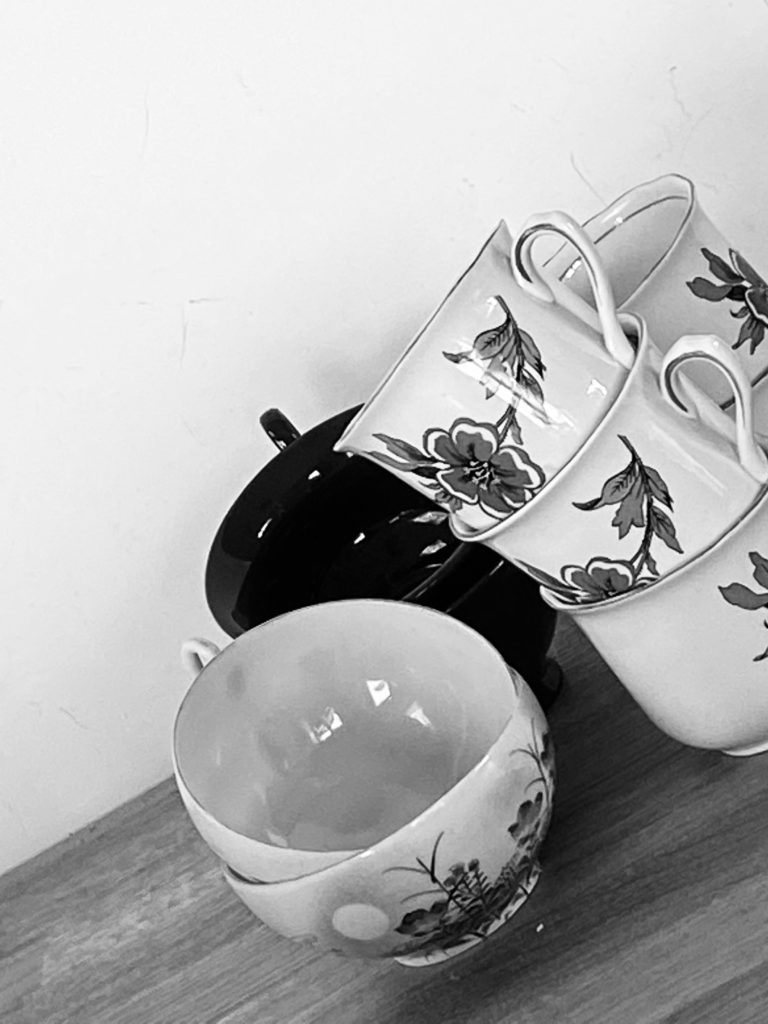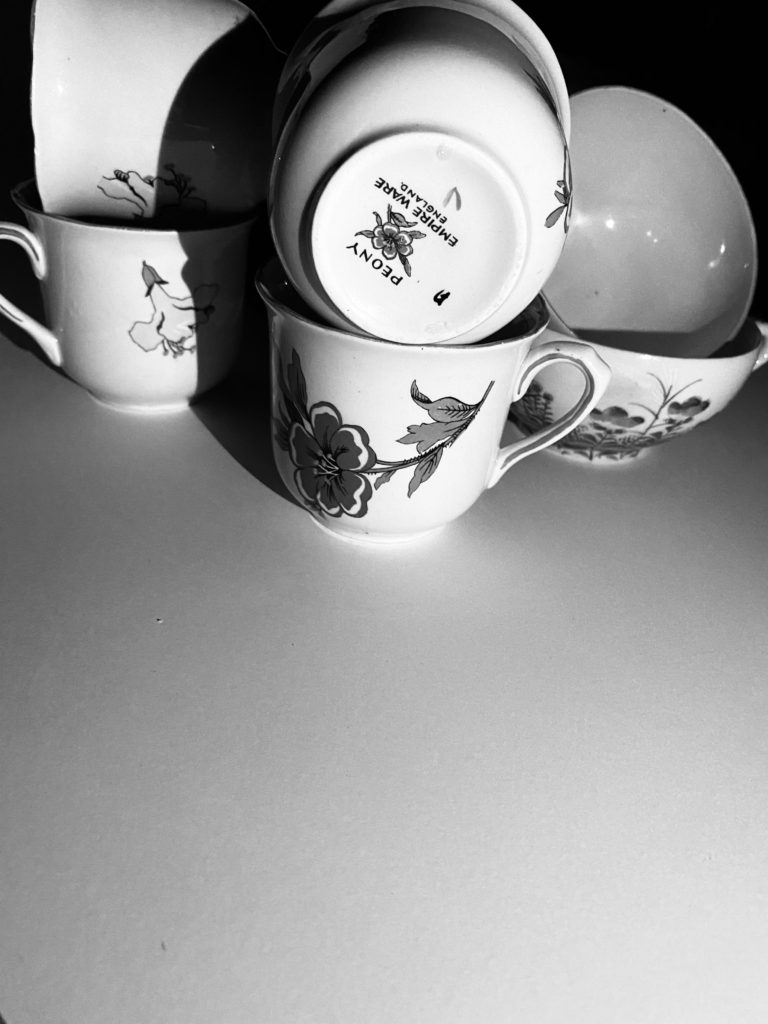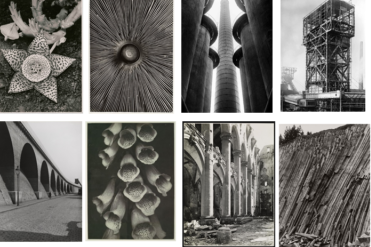
Introduction – He was a German photographer and a pioneering figure in the New objectivity movement, which sought to engage with the world as clearly and precisely as possible. He wanted to produce his own recording of the world. Most of his work was in black and white and there’s no sight of humans or life in any of his photography. He mainly photographed wildlife, images of traditional craftsmen, formal studies of mechanical equipment, commercial still lifes, and landscape and architectural studies.
Most of his photos include objects being repeated in the natural environment. He uses a mix of tones for every image- some include warm tones and others are much darker with harsher tones.
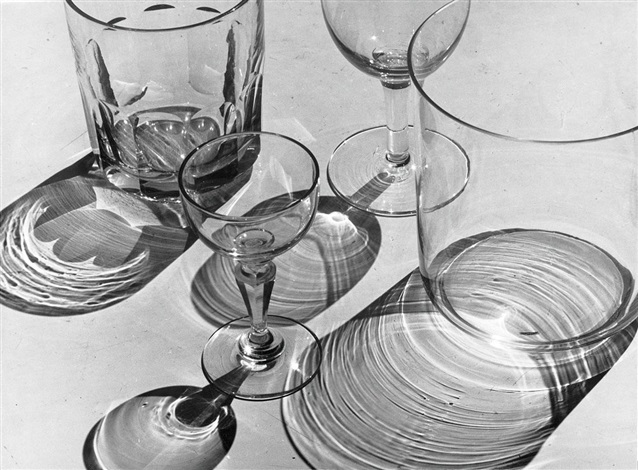
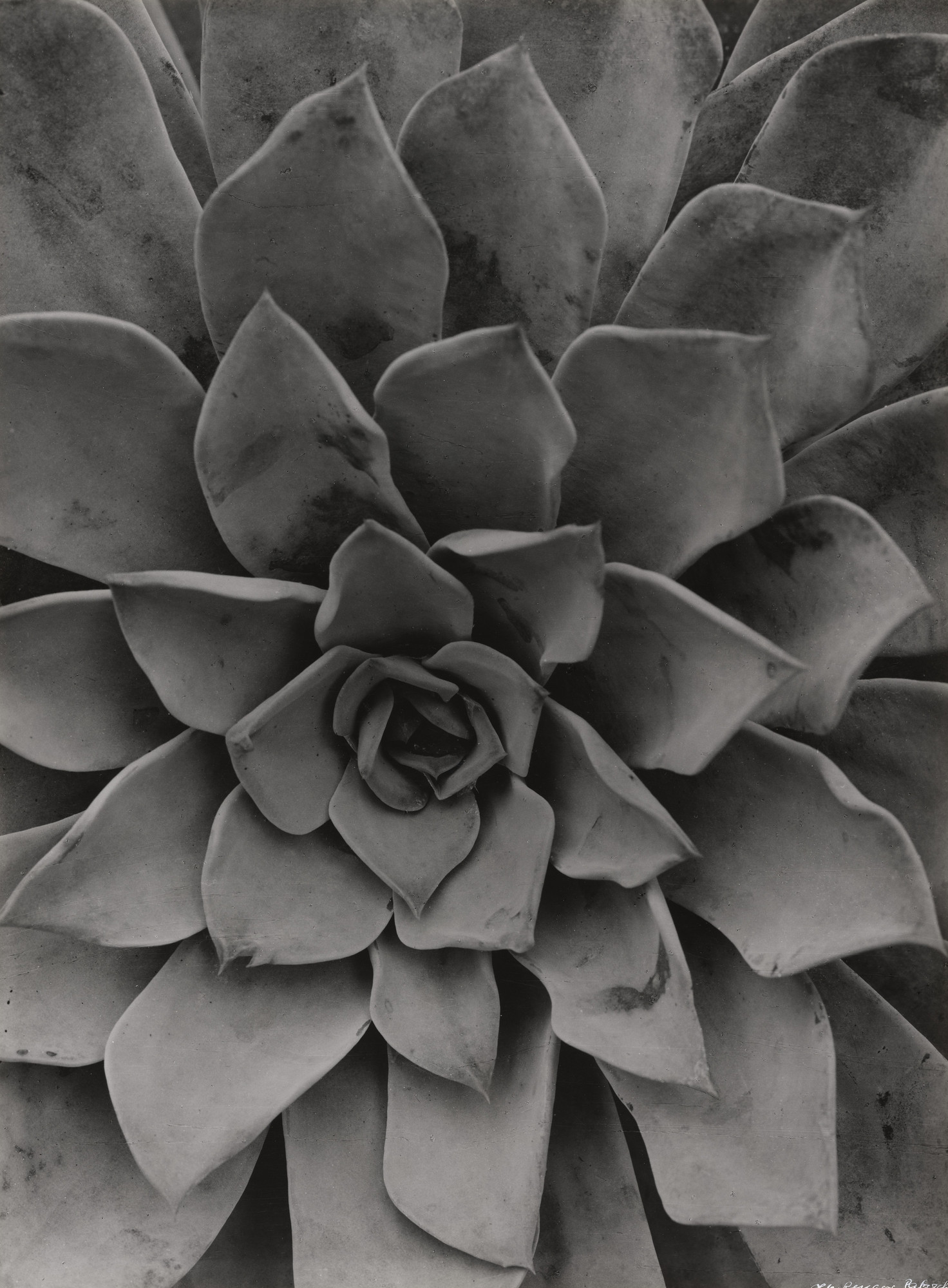
IMAGE ANALYSIS/ COMPARISON;
SIMILARITIES-Both photos are in black and white and have a range of different mid-tones. They’re both photographs of something artificial and not abstract. Both of these photos don’t have a distracting background as the photo of the plant is so close up you can’t see anything behind it and the photo of the glasses is taken in front of a white background- this makes the objects stand out a lot more and the tone and colour around the cups is made to appear much harsher.
DIFFERENCES– One photograph is of a plant and to do with nature whereas the other image is different types of glasses as the shadows of them are being reflected beneath them. Another difference is that the photo of the plant is very close up and zoomed in when the other is quite far and you can see the whole shape and size of each glass. The photograph of the plant is portrait in comparison to the glass photograph which is landscape. The photograph of the glasses looks like it would have set up lighting behind it to create the shadow effect whereas the plant photo is more in the natural light hence why it’s less bright.
CONTACT SHEET-
A contact sheet is a piece of photographic paper on to which several or all of the negatives on a film have been contact-printed. This allows you to view all of your photographs. The purpose of a contact sheet is to be able to quickly scan a series of images to find the keepers or the ones chose to be enlarged.
MY PHOTOS-

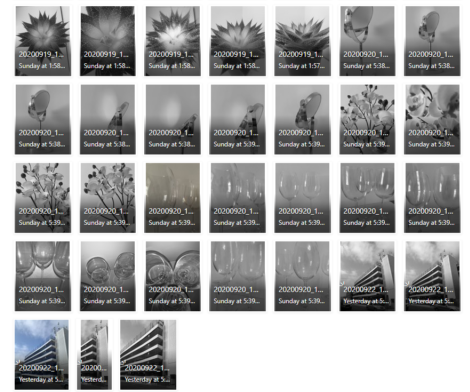
Process of my work–
I took photos of nature, objects such as wine glasses and a building (car park) to explore all different kind of scenes to photograph as ALBERT RENGER-PATZSCH does. I tried to photograph things that had repetitive shapes or were in an interesting position to explore the different shadows/ tones I could create.
Here are some of my favourite photos;


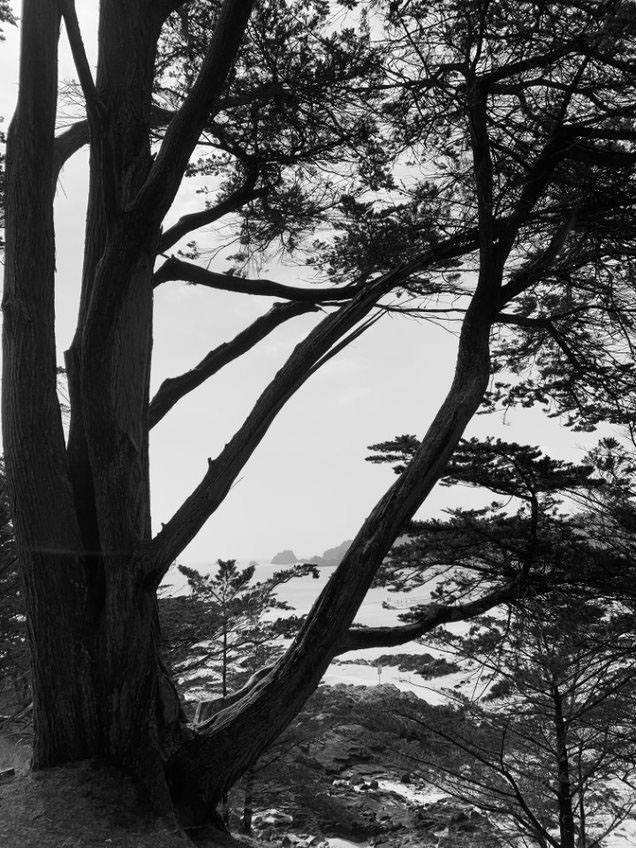


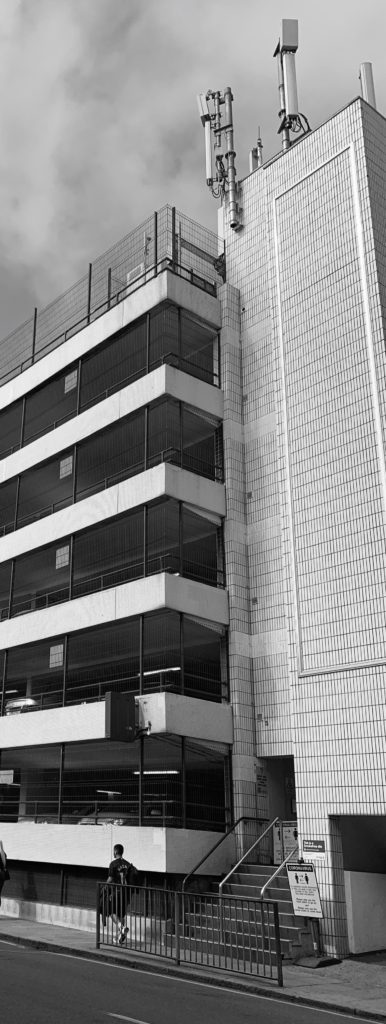

EVALUATION– these are my favourite photographs I took because I wanted to look at the nature side and the architecture side. I tried to photos in a similar way that Albert does which is focusing on repetitive patterns or far away shots of nature.
I really like how my photos in the woods turned out because by taking them in black and white you can really see the details and contrast between all the different tones. I took most of them far away so that the whole shape of the tree was visible as the more I would photograph the more the trees would be lined up in a repetitive pattern. I was inspired by one of his photos which shows how the trees kept going and going which created an illusion of the woods getting smaller as you looked into the photo.
I like how the photos of the car park turned out because you can remarkably see the contrast between the colours white and black as the design of the car park is going up in blocks in a repeated pattern. I cropped one of the images down to only focus on that specific segment to really make the pattern the main focus of the photo. I shot it at a slightly lower angle as I wanted to create an illusion of the car park being a lot larger and getting the full shape of it photographed- as Albert usually takes photo of building from a lower angle. The reason I didn’t choose the other car park photos was that cars got in the frame and I wanted to focus on just the building.

